The intelligence of a dog can be measured in various ways, including problem-solving abilities, trainability, and understanding of commands. It’s important to note that intelligence in dogs can manifest in different forms. And individual dogs within a breed may vary. Here are some smartest dog breeds that are often recognized for their high intelligence:
1. Border Collie
 The Border Collie, often heralded as the most intelligent dog breed, stands out not only for its striking appearance but also for its remarkable cognitive abilities. Originating from the border regions between Scotland and England, these dogs were initially developed for herding livestock, a task that requires quick thinking and problem-solving skills.
The Border Collie, often heralded as the most intelligent dog breed, stands out not only for its striking appearance but also for its remarkable cognitive abilities. Originating from the border regions between Scotland and England, these dogs were initially developed for herding livestock, a task that requires quick thinking and problem-solving skills.
Border Collies are renowned for their exceptional learning capabilities. They thrive on mental stimulation and are quick to pick up commands and tricks. Their intelligence extends beyond obedience; they excel in various canine activities, particularly in agility trials where their athleticism and ability to navigate courses with precision are on full display.
One of the defining characteristics of Border Collies is their intense focus and unwavering attention to tasks. This, coupled with their boundless energy, makes them excellent working dogs and ideal companions for individuals or families who can provide them with both physical and mental exercise.
Despite their high intelligence, Border Collies require proper training and socialization to channel their energy positively. Their strong work ethic and loyalty make them not only exceptional herders but also loving and devoted family members. For those seeking a dog with an extraordinary intellect and a zest for life, the Border Collie undoubtedly stands as a paragon of canine brilliance.
2. Poodle
 The Poodle, with its distinctive curly coat and elegant appearance, is not only a showstopper in the canine world but also a paragon of intelligence. Originating in Germany, the Poodle comes in three sizes—standard, miniature, and toy—and is celebrated for its versatility, charm, and, above all, its exceptional intelligence.
The Poodle, with its distinctive curly coat and elegant appearance, is not only a showstopper in the canine world but also a paragon of intelligence. Originating in Germany, the Poodle comes in three sizes—standard, miniature, and toy—and is celebrated for its versatility, charm, and, above all, its exceptional intelligence.
Poodles consistently rank among the most trainable dog breeds. Their sharp minds and eagerness to please make them standouts in obedience training and various canine sports. Beyond their showmanship, Poodles often excel as therapy dogs, guide dogs, and in roles that require a combination of intelligence and adaptability.
Known for their hypoallergenic coat and minimal shedding, Poodles are not just a delight for those with allergies but also for those who appreciate a dog that is not only beautiful but also brainy. Their friendly demeanor, combined with their intelligence, makes them excellent companions for families and individuals alike. Whether performing in a dog show or participating in an agility competition, the Poodle’s intellect and grace are sure to captivate.
3. German Shepherd
 The German Shepherd, with its noble bearing and distinctive appearance, is not only a popular choice for a family pet but also a breed celebrated for its intelligence and versatility. Originating in Germany, these dogs were initially developed for herding, but their intelligence and trainability quickly led to their adoption in various roles, including police and military work.
The German Shepherd, with its noble bearing and distinctive appearance, is not only a popular choice for a family pet but also a breed celebrated for its intelligence and versatility. Originating in Germany, these dogs were initially developed for herding, but their intelligence and trainability quickly led to their adoption in various roles, including police and military work.
German Shepherds are known for their keen intelligence and problem-solving abilities. They consistently rank high in obedience training and are often used in search and rescue missions, as guide dogs, and in roles requiring protection and security. Their loyalty to their human companions is legendary, and they form strong bonds with their families.
Despite their strength and imposing presence, German Shepherds are often gentle and affectionate with their loved ones. Proper training and socialization are essential to ensure they develop into well-balanced adults. Their versatility, intelligence, and unwavering loyalty make them not only remarkable working dogs but also cherished family members for those seeking a breed that embodies both strength and smarts.
4. Golden Retriever Is Smartest Dog Breeds
 The Golden Retriever, with its friendly demeanor and luscious golden coat, is not just a beautiful breed but also one that consistently ranks high in intelligence and trainability. Originating in Scotland, these dogs were initially bred for retrieving waterfowl, a task that requires not only physical prowess but also a sharp mind.
The Golden Retriever, with its friendly demeanor and luscious golden coat, is not just a beautiful breed but also one that consistently ranks high in intelligence and trainability. Originating in Scotland, these dogs were initially bred for retrieving waterfowl, a task that requires not only physical prowess but also a sharp mind.
Golden Retrievers are known for their friendly and gentle nature. Their intelligence, combined with a desire to please, makes them highly trainable and well-suited for various roles, including therapy work and assistance tasks. They often excel in obedience training and agility competitions, showcasing not only their physical abilities but also their mental acuity.
Beyond their work ethic, Golden Retrievers are beloved for their affectionate and sociable demeanor. They form strong bonds with their families, including children and other pets. Their adaptability and friendly disposition make them ideal companions for families and individuals alike, particularly for those seeking a dog that combines intelligence with a heartwarming personality.
5. Doberman Pinscher

The Doberman Pinscher, with its sleek and powerful appearance, is not only a striking breed but also one recognized for its intelligence and loyalty. Originating in Germany, these dogs were initially developed by a tax collector named Karl Friedrich Louis Dobermann, who aimed to create a breed that possessed both protection instincts and trainability.
Dobermans are known for their intelligence and versatility. They often excel in obedience training and are frequently employed in roles such as police work, search and rescue, and personal protection. Despite their reputation as formidable guardians, Dobermans are also affectionate with their families and can form strong bonds with their human companions.
One of the standout features of Dobermans is their alertness and fearlessness. Proper training and socialization are essential to channel their intelligence into positive behaviors. While they are protective by nature, Dobermans are often gentle and loving with those they trust. For individuals seeking a combination of intelligence, loyalty, and a striking appearance, the Doberman Pinscher is a breed that stands out.
6. Shetland Sheepdog (Sheltie)
 The Shetland Sheepdog, affectionately known as the Sheltie, is a small herding dog that captivates with its intelligence, agility, and striking double coat. Originating from the Shetland Islands in Scotland, these dogs were originally bred for herding livestock, showcasing not only their physical prowess but also their sharp minds.
The Shetland Sheepdog, affectionately known as the Sheltie, is a small herding dog that captivates with its intelligence, agility, and striking double coat. Originating from the Shetland Islands in Scotland, these dogs were originally bred for herding livestock, showcasing not only their physical prowess but also their sharp minds.
Shelties are known for their intelligence and trainability. They often excel in obedience training and agility competitions, showcasing their ability to learn and perform complex tasks. Despite their herding background, Shelties are generally adaptable and make excellent companions for families and individuals alike.
One of the standout features of Shelties is their loyalty and affectionate nature. They form strong bonds with their families, including children and other pets. Regular exercise and mental stimulation are crucial to keep them happy and healthy, and they often thrive in environments where they can engage in various activities that challenge their minds and bodies.
In addition to their intelligence, Shelties are recognized for their elegant appearance, with a lush double coat that requires regular grooming. Whether participating in a dog sport or simply enjoying quality time with their family, Shelties bring a delightful mix of intelligence, agility, and affection to any household.
7. Labrador Retriever
 The Labrador Retriever, with its friendly disposition and iconic “Labrador grin,” is not only one of the most popular dog breeds but also one celebrated for its intelligence and versatility. Originating from Newfoundland, these dogs were initially employed by fishermen for retrieving nets and fish from the cold waters, showcasing not only their physical abilities but also their sharp minds.
The Labrador Retriever, with its friendly disposition and iconic “Labrador grin,” is not only one of the most popular dog breeds but also one celebrated for its intelligence and versatility. Originating from Newfoundland, these dogs were initially employed by fishermen for retrieving nets and fish from the cold waters, showcasing not only their physical abilities but also their sharp minds.
Labrador Retrievers consistently rank high in intelligence and trainability. They excel in obedience training and are often chosen for roles such as guide dogs, therapy dogs, and search and rescue missions. Their friendly nature and eagerness to please make them not only excellent working dogs but also cherished family members.
Known for their gentle demeanor, Labs form strong bonds with their families, including children and other pets. Their adaptability and versatility make them suitable for various living environments, from apartments to larger homes. Regular exercise is crucial to keep them physically and mentally stimulated, and Labs often enjoy activities such as retrieving games and water sports.
Whether working alongside their human companions or simply enjoying playtime in the backyard, Labrador Retrievers bring a delightful mix of intelligence, affection, and boundless enthusiasm to any home.
8. Papillon Is One Of Smartest Dog Breeds

The Papillon, named for its distinctive butterfly-like ears, is a small dog breed that may be diminutive in size but certainly not in intelligence. Originating from France, these dogs have a history that spans centuries, and their elegant appearance and lively disposition make them stand out in the canine world.
Papillons are known for their intelligence and trainability. Despite their small stature, they are quick learners and often excel in obedience training and agility competitions. Their alert and inquisitive nature makes them well-suited for activities that challenge their minds, and they are often described as spirited and playful.
One of the standout features of Papillons is their distinctive appearance. Their ears, resembling butterfly wings, give them a charming and unique look. Beyond their physical traits, Papillons are recognized for their affectionate and sociable nature. They form strong bonds with their owners and often enjoy being active participants in family life.
While their coat is relatively easy to maintain, Papillons thrive on regular exercise and mental stimulation. Whether participating in a dog sport or simply curling up on a lap for some quality cuddle time, Papillons bring a delightful mix of intelligence, elegance, and vivacity to any household.
These captivating dogs may be small, but their intelligence, combined with their charming personalities, makes them an appealing choice for individuals or families seeking a small breed with a big heart and a sharp mind.
These descriptions provide a more in-depth look at each of the mentioned dog breeds, emphasizing their intelligence, temperament, and unique qualities.
9. Rottweiler
 The Rottweiler, with its robust build and distinctive markings, is not only a powerful guardian but also a breed known for its intelligence and loyalty. Originating in Germany, these dogs have a history rooted in herding and guarding, showcasing their versatility and ability to learn and perform complex tasks.
The Rottweiler, with its robust build and distinctive markings, is not only a powerful guardian but also a breed known for its intelligence and loyalty. Originating in Germany, these dogs have a history rooted in herding and guarding, showcasing their versatility and ability to learn and perform complex tasks.
Rottweilers are recognized for their intelligence and trainability. They often excel in obedience training and are frequently employed in roles such as police work, search and rescue, and protection. Despite their imposing appearance, Rottweilers are often affectionate and loyal with their families, forming strong bonds with their human companions.
One of the standout features of Rottweilers is their natural protective instinct. Proper training and socialization are crucial to ensure they develop into well-balanced adults. While they can be reserved around strangers, Rottweilers are known to be loving and gentle with those they trust. For individuals seeking a breed that combines intelligence, loyalty, and a strong protective nature, the Rottweiler stands out as a formidable yet affectionate companion.
10. Australian Cattle Dog
 The Australian Cattle Dog, with its energetic demeanor and striking coat, is not only a skilled herder but also a breed known for its intelligence and agility. Originating in Australia, these dogs were initially developed for herding cattle, showcasing their problem-solving abilities and quick thinking.
The Australian Cattle Dog, with its energetic demeanor and striking coat, is not only a skilled herder but also a breed known for its intelligence and agility. Originating in Australia, these dogs were initially developed for herding cattle, showcasing their problem-solving abilities and quick thinking.
Australian Cattle Dogs are recognized for their intelligence and trainability. They often excel in obedience training and dog sports, particularly those that challenge their minds and bodies. Their alertness and ability to anticipate their owner’s needs make them not only excellent working dogs but also devoted family members.
One of the standout features of Australian Cattle Dogs is their boundless energy. Regular exercise and mental stimulation are crucial to keep them happy and healthy. They thrive in environments where they can engage in activities that tap into their natural instincts, such as herding or agility trials. Despite their spirited nature, Australian Cattle Dogs often form strong bonds with their families and are known for their loyalty and affection.
Whether working alongside their human companions on a farm or participating in canine sports, Australian Cattle Dogs bring a delightful mix of intelligence, agility, and energy to any home.
11. Shih Tzu, Is Also Smartest Dog Breeds

The Shih Tzu, with its regal appearance and distinctive facial features, is not only a charming companion. But also a breed known for its intelligence and affectionate nature. Originating in Tibet, these dogs were highly prized by Chinese royalty, showcasing their elegance and ability to be loving and loyal companions.
Shih Tzus are recognized for their intelligence and adaptability. While their long, flowing coat may suggest a high-maintenance grooming routine, they are often relatively low-maintenance in terms of exercise. Regular playtime and short walks are usually sufficient to keep them happy and healthy. Their friendly and sociable nature makes them suitable for various living environments, including apartments.
One of the standout features of Shih Tzus is their distinctive facial expression, often described as “smushed” due to their pushed-in faces. Despite their royal heritage, Shih Tzus are generally approachable and enjoy being part of family activities. Their affectionate nature and regal appearance make them an appealing choice for those seeking a small breed companion with a touch of elegance.
12. Yorkshire Terrier (Yorkie)

The Yorkshire Terrier, commonly known as the Yorkie, is not only a small and stylish companion. But also a breed known for its intelligence and bold personality. Originating in England, these dogs were initially bred to catch rats in textile mills, showcasing their agility and ability to navigate tight spaces. House Train a Small Breed Puppy
Yorkies are recognized for their intelligence and confidence. Despite their small size, they are often spirited and may not be aware of their diminutive stature. Yorkies are alert and make excellent watchdogs, as they are not shy about announcing the presence of strangers. Their beautiful, silky coat requires regular grooming, adding to their overall charm.
One of the standout features of Yorkies is their expressive eyes and lively demeanor. They often form strong bonds with their owners and enjoy being active participants in family life. While they may have a bold attitude, Yorkies are generally affectionate and make delightful companions for those seeking a small but spirited canine friend.
These descriptions provide a closer look at the intelligence, temperament. And unique qualities of each mentioned dog breed, offering insights into what makes them stand out as beloved companions in the world of canine companionship.
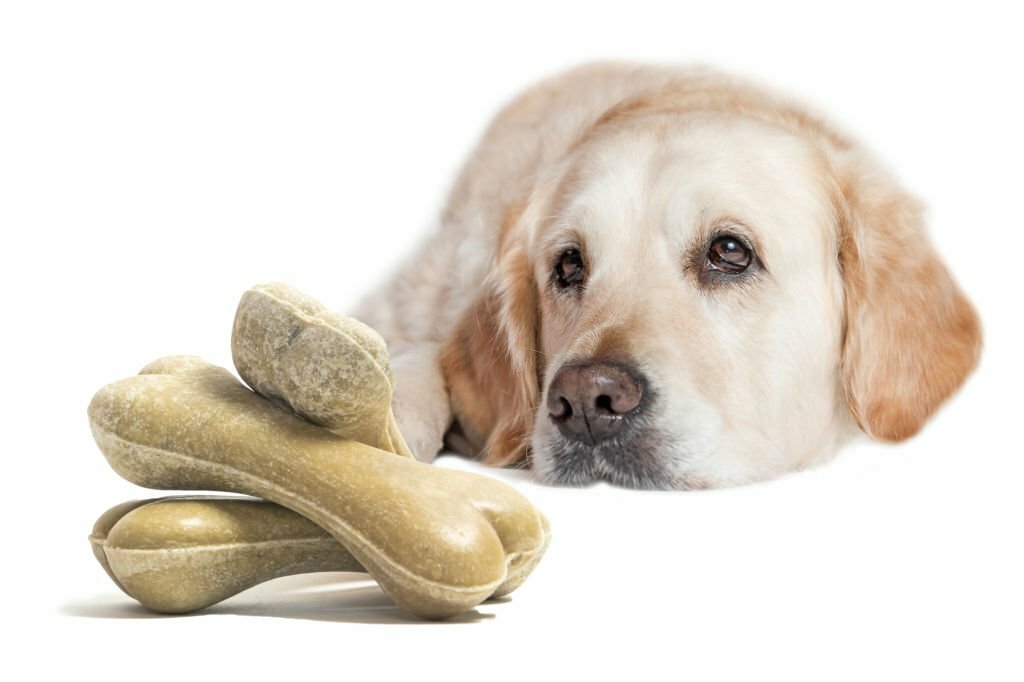 A foundational understanding of the canine digestive system is essential for effective care. Explore the intricacies of how a dog’s digestive system works, shedding light on common triggers for diarrhea and the importance of maintaining gut health. Learn about the role of various digestive enzymes and the impact of a balanced diet on overall gastrointestinal function.
A foundational understanding of the canine digestive system is essential for effective care. Explore the intricacies of how a dog’s digestive system works, shedding light on common triggers for diarrhea and the importance of maintaining gut health. Learn about the role of various digestive enzymes and the impact of a balanced diet on overall gastrointestinal function.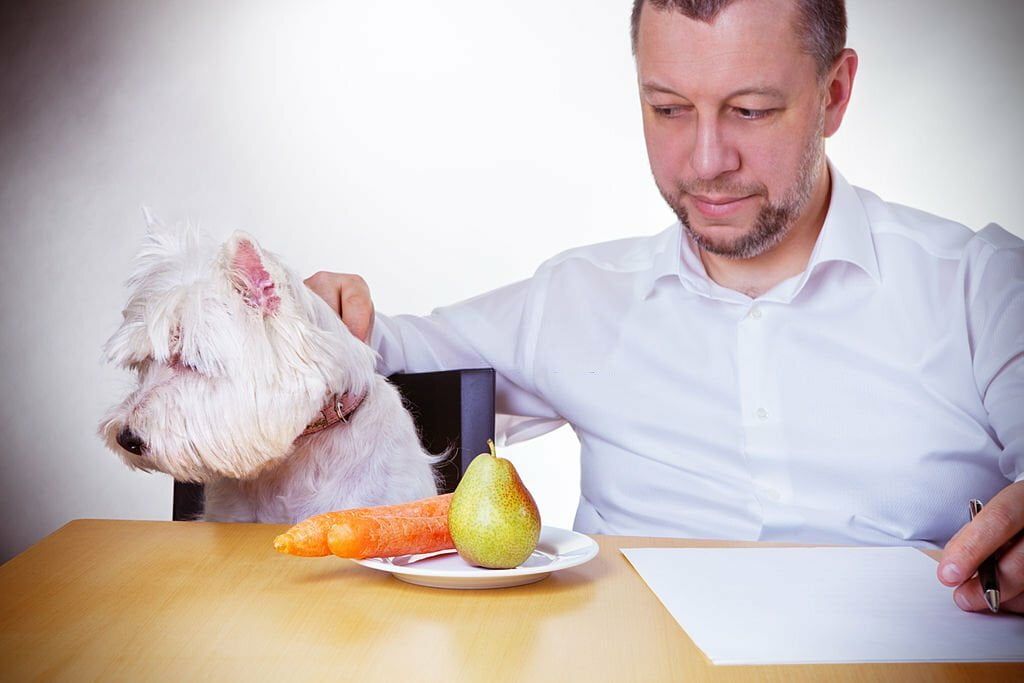 Every dog is different, and tailoring their nutrition to their specific needs is paramount. Learn how to identify signs of food sensitivities and allergies, and discover specialized diets that cater to specific health concerns. Explore the concept of rotational feeding and how it can benefit your dog’s overall health.
Every dog is different, and tailoring their nutrition to their specific needs is paramount. Learn how to identify signs of food sensitivities and allergies, and discover specialized diets that cater to specific health concerns. Explore the concept of rotational feeding and how it can benefit your dog’s overall health.


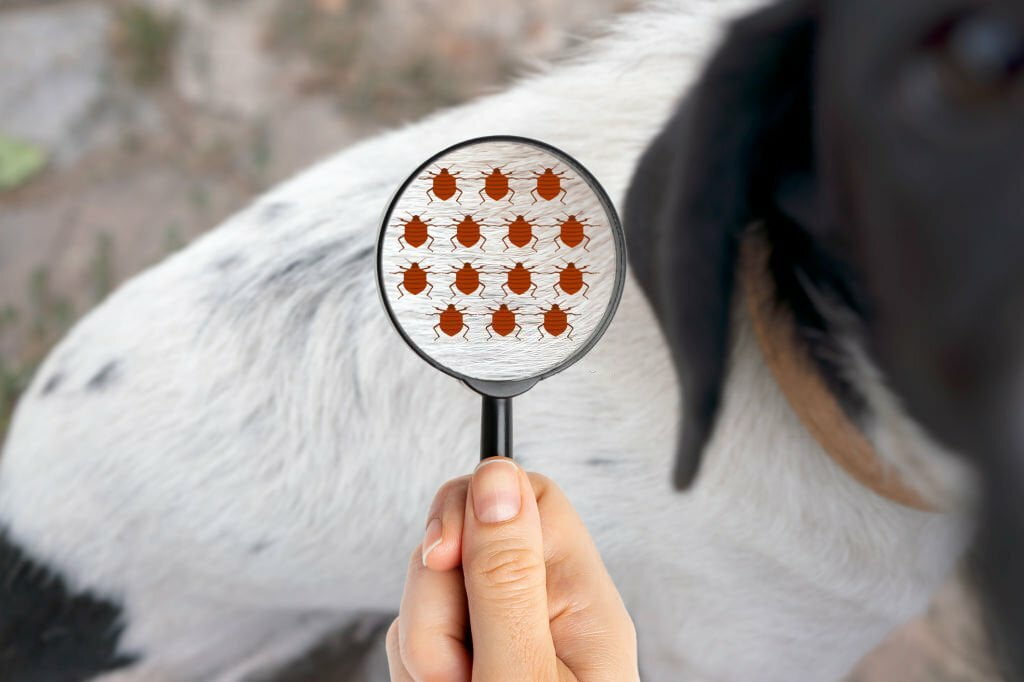 Heartworm Prevention
Heartworm Prevention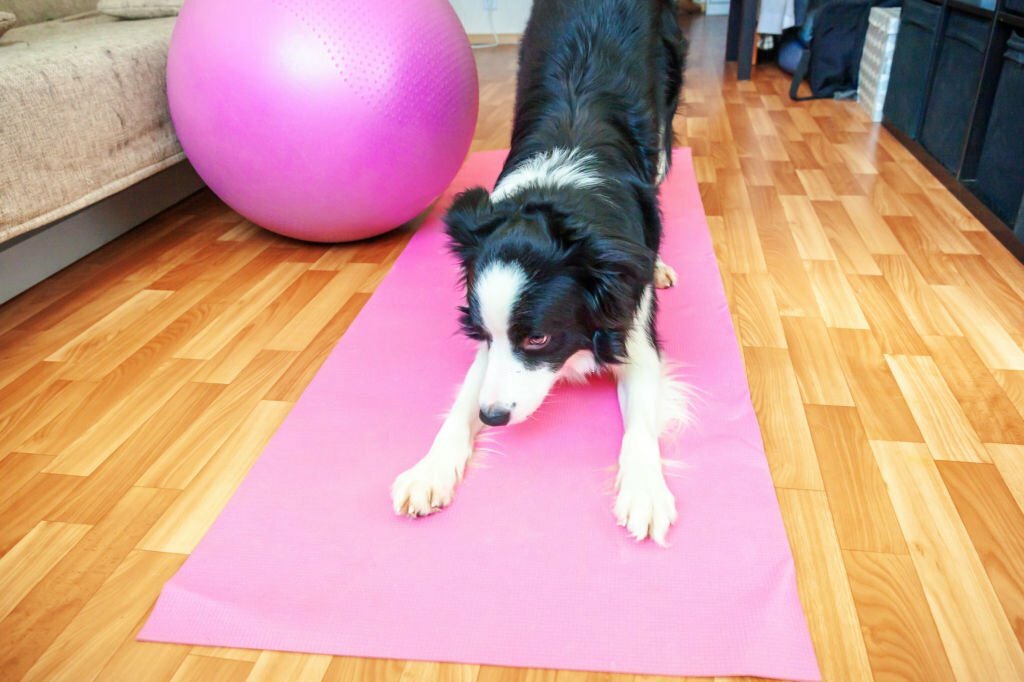 Establish a consistent exercise routine that aligns with your dog’s energy levels. Daily walks, interactive play sessions, and opportunities for off-leash exploration contribute to physical and mental health.
Establish a consistent exercise routine that aligns with your dog’s energy levels. Daily walks, interactive play sessions, and opportunities for off-leash exploration contribute to physical and mental health.
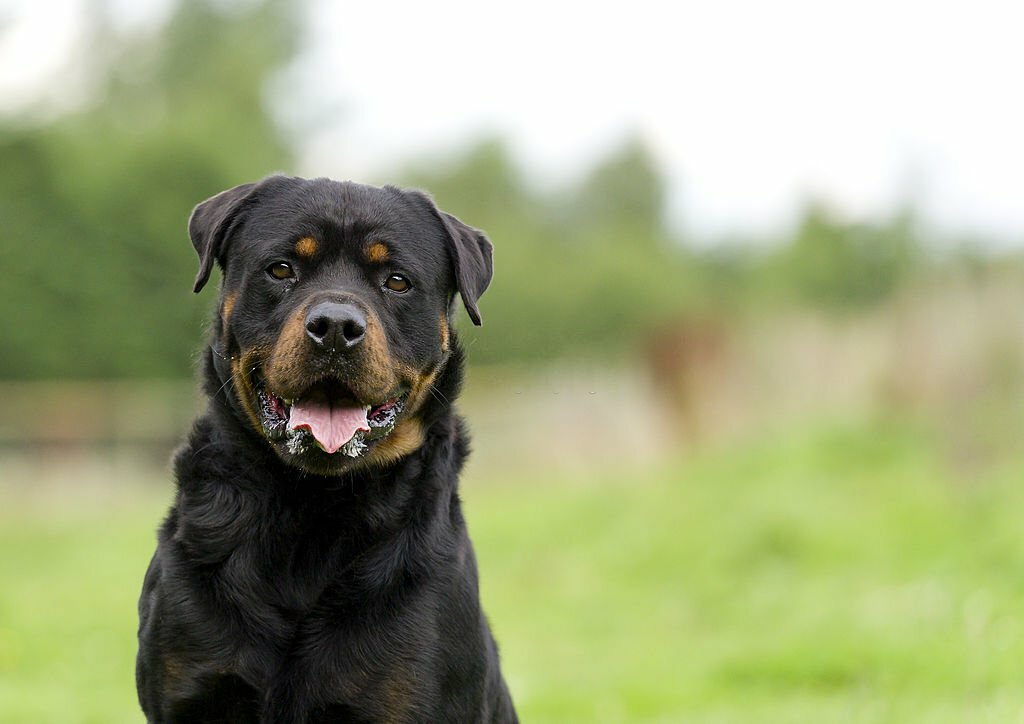 Rottweilers, often unfairly labeled as aggressive guard dogs, defy these stereotypes with their inherent loyalty and gentle nature. A well-trained and properly socialized Rottweiler can become an integral part of any family, challenging the misconception that they are predisposed to hostility. Their intelligence and eagerness to please make them versatile companions, capable of forming deep bonds with their human counterparts. Responsible ownership plays a pivotal role in showcasing the true potential of Rottweilers as loving family pets.
Rottweilers, often unfairly labeled as aggressive guard dogs, defy these stereotypes with their inherent loyalty and gentle nature. A well-trained and properly socialized Rottweiler can become an integral part of any family, challenging the misconception that they are predisposed to hostility. Their intelligence and eagerness to please make them versatile companions, capable of forming deep bonds with their human counterparts. Responsible ownership plays a pivotal role in showcasing the true potential of Rottweilers as loving family pets.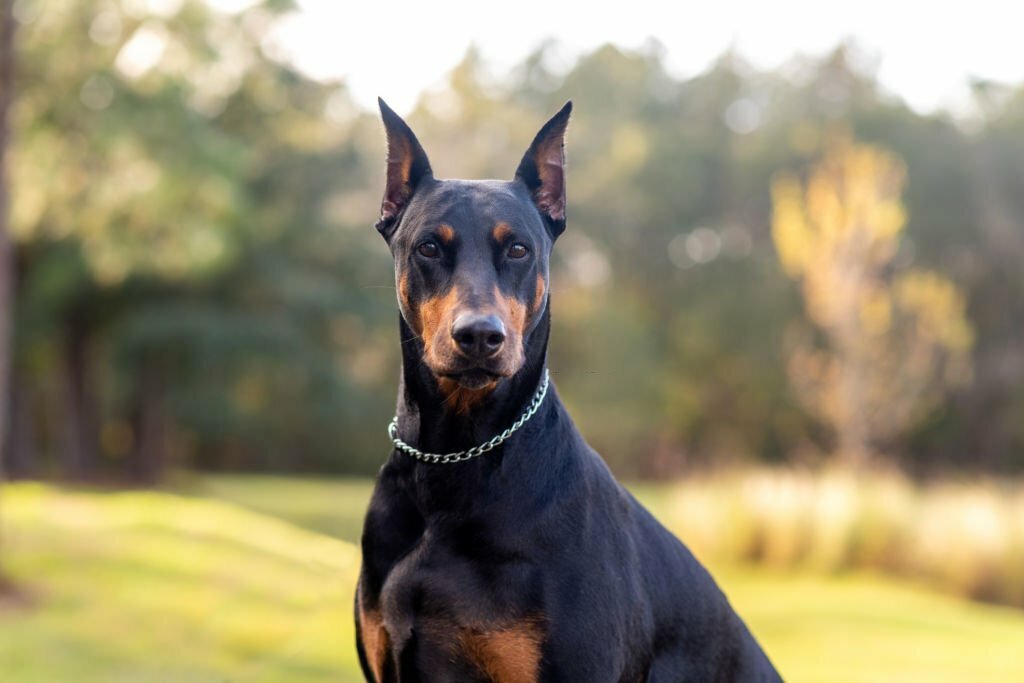
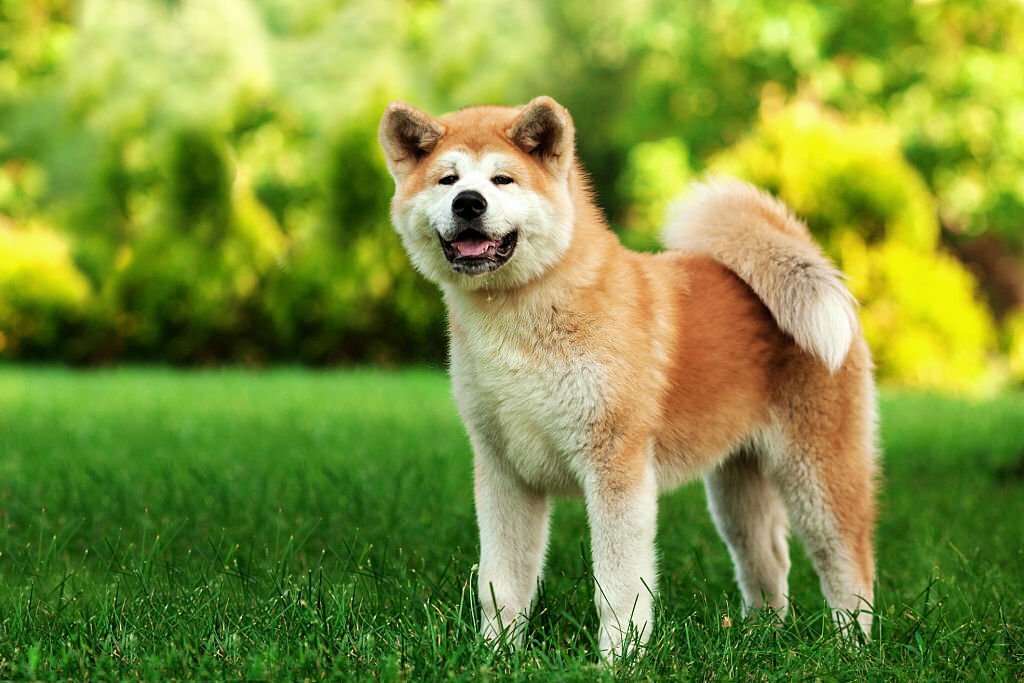
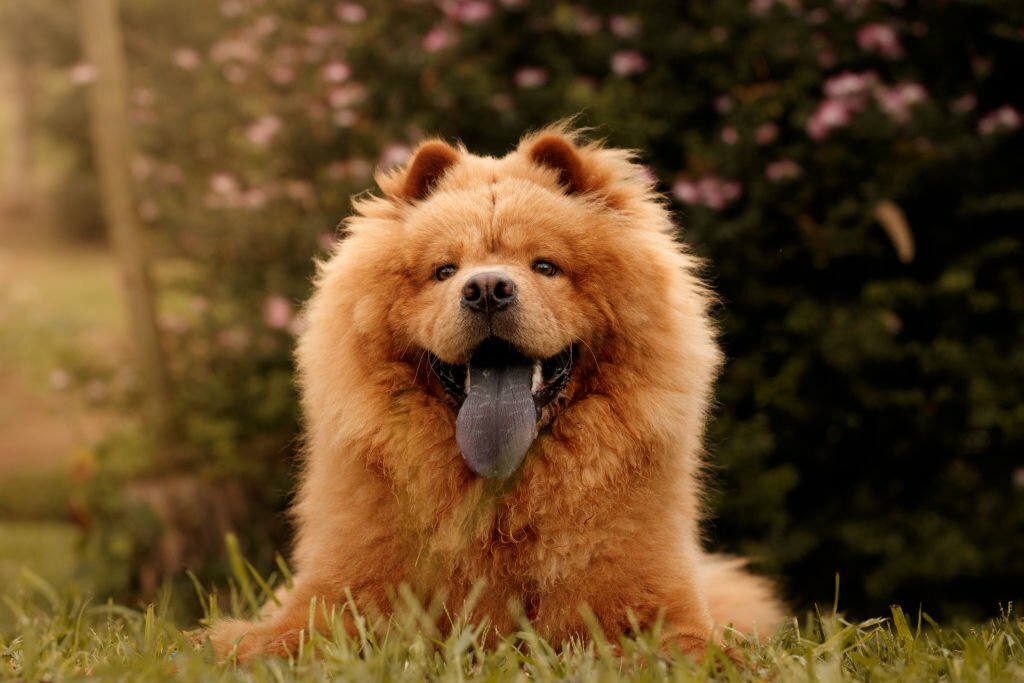 Chow Chows, with their distinctive lion-like mane, exude an air of dignity and independence. Misconstrued as aloof, these dogs, through early socialization, unveil their friendly and loyal nature. While they may possess an independent streak, Chow Chows thrive in homes where their unique qualities are appreciated and respected. Responsible ownership involves understanding and embracing their dignified demeanor, transforming them into loving and devoted family members.
Chow Chows, with their distinctive lion-like mane, exude an air of dignity and independence. Misconstrued as aloof, these dogs, through early socialization, unveil their friendly and loyal nature. While they may possess an independent streak, Chow Chows thrive in homes where their unique qualities are appreciated and respected. Responsible ownership involves understanding and embracing their dignified demeanor, transforming them into loving and devoted family members.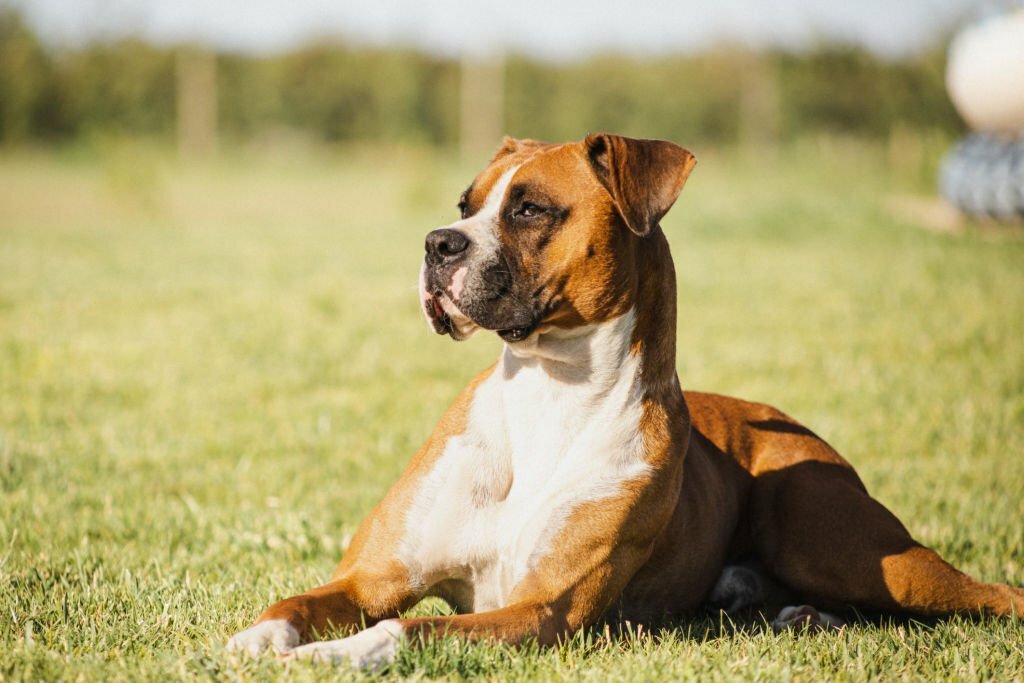 Boxers, celebrated for their energy and playfulness, are often misunderstood due to their boisterous behavior. With proper training, this spirited breed transforms into affectionate family pets. Their playful nature makes them excellent companions for families with active lifestyles. Responsible ownership involves channeling their energy positively, ensuring a harmonious relationship between the Boxer and their human family members. By dispelling misconceptions, Boxers can be recognized for their loving and vivacious personalities.
Boxers, celebrated for their energy and playfulness, are often misunderstood due to their boisterous behavior. With proper training, this spirited breed transforms into affectionate family pets. Their playful nature makes them excellent companions for families with active lifestyles. Responsible ownership involves channeling their energy positively, ensuring a harmonious relationship between the Boxer and their human family members. By dispelling misconceptions, Boxers can be recognized for their loving and vivacious personalities.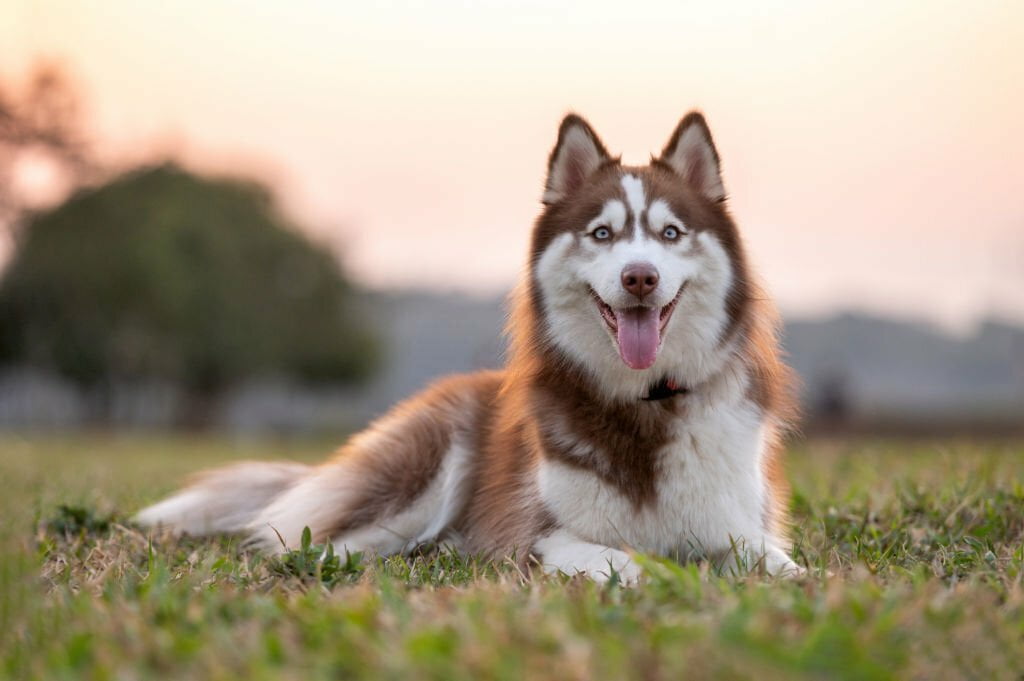 Siberian Huskies, with their striking appearance and strong-willed nature, are friendly and outgoing companions. While their independence may be misconstrued, these dogs thrive in environments that provide regular exercise and mental stimulation. Responsible ownership involves understanding their unique needs and embracing their sociable disposition. By meeting their requirements, Siberian Huskies become affectionate family members, challenging stereotypes surrounding their behavior.
Siberian Huskies, with their striking appearance and strong-willed nature, are friendly and outgoing companions. While their independence may be misconstrued, these dogs thrive in environments that provide regular exercise and mental stimulation. Responsible ownership involves understanding their unique needs and embracing their sociable disposition. By meeting their requirements, Siberian Huskies become affectionate family members, challenging stereotypes surrounding their behavior.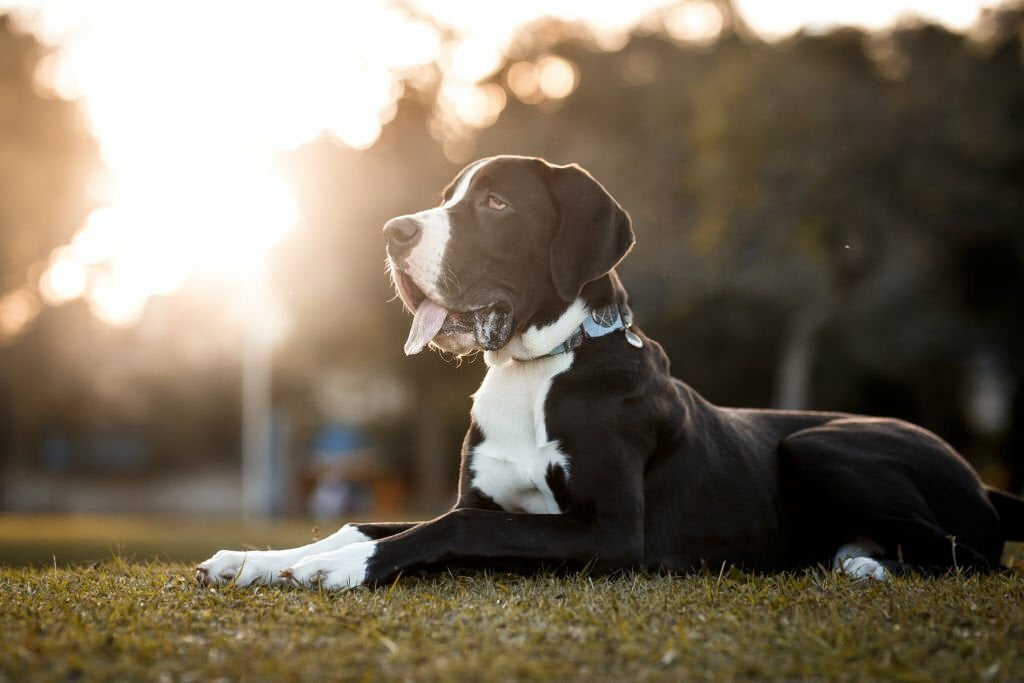 Great Danes, often referred to as “gentle giants,” challenge stereotypes associated with their imposing size. Despite their stature, they exhibit friendliness and make excellent companions. Responsible ownership involves understanding their specific needs, especially regarding health considerations due to their size. By providing adequate care and training, Great Danes become gentle and loving family members, proving that their size is not indicative of aggression.
Great Danes, often referred to as “gentle giants,” challenge stereotypes associated with their imposing size. Despite their stature, they exhibit friendliness and make excellent companions. Responsible ownership involves understanding their specific needs, especially regarding health considerations due to their size. By providing adequate care and training, Great Danes become gentle and loving family members, proving that their size is not indicative of aggression.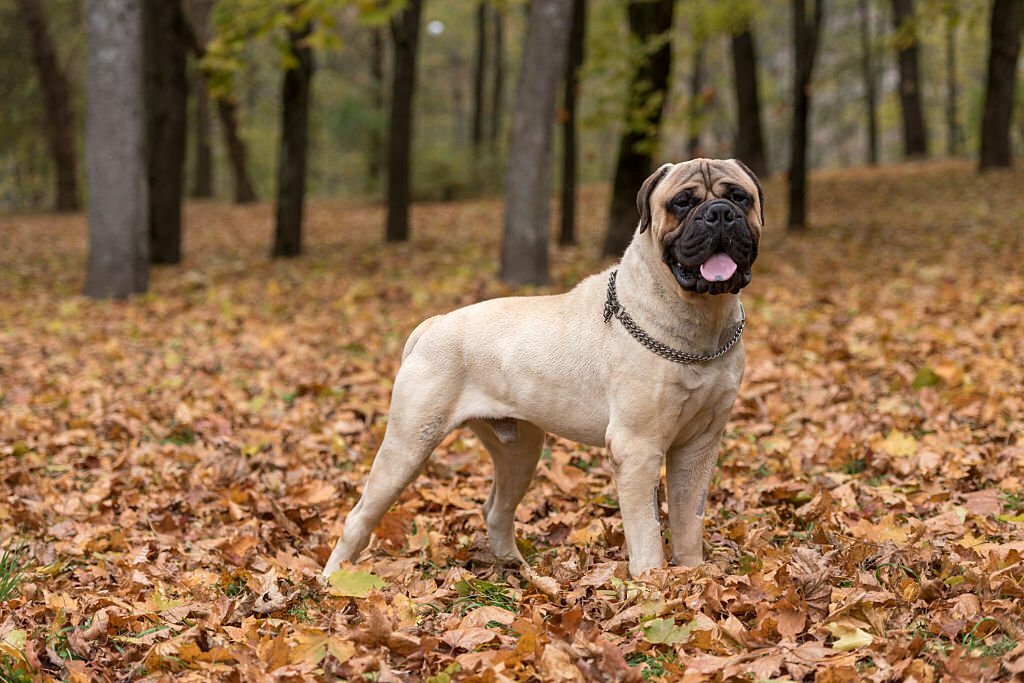 Bullmastiffs, known for their protective instincts, possess a generally docile demeanor. Responsible ownership is crucial in managing their strength and size. With proper training, Bullmastiffs become devoted family members, challenging misconceptions about their aggression. Their protective nature can be harnessed positively, making them not only excellent guardians but also affectionate companions within the family unit.
Bullmastiffs, known for their protective instincts, possess a generally docile demeanor. Responsible ownership is crucial in managing their strength and size. With proper training, Bullmastiffs become devoted family members, challenging misconceptions about their aggression. Their protective nature can be harnessed positively, making them not only excellent guardians but also affectionate companions within the family unit. 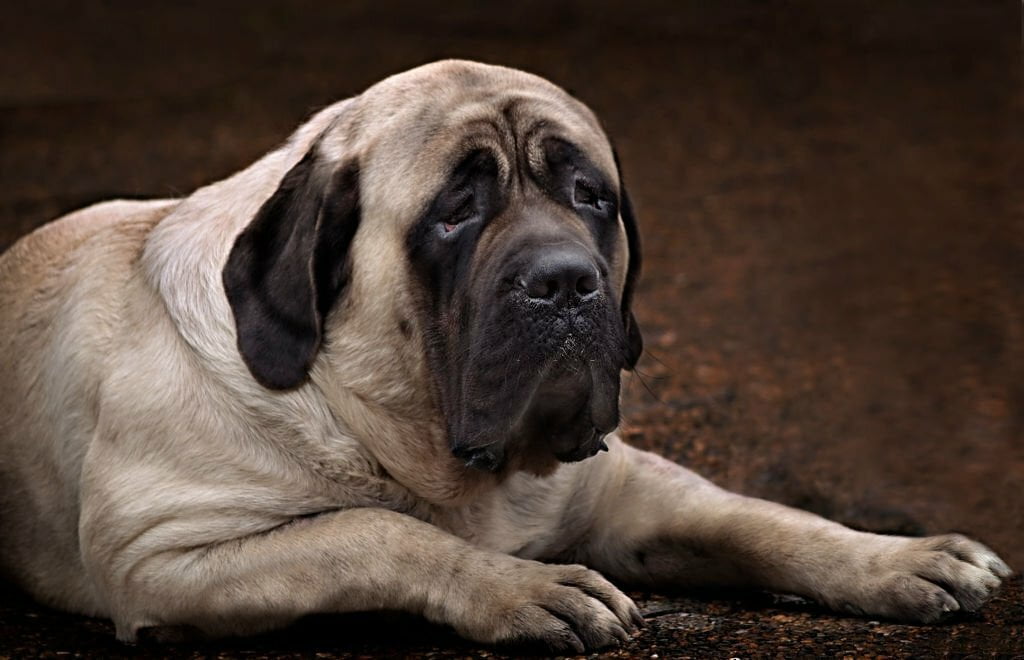 English Mastiffs, akin to their Bullmastiff counterparts, are calm and affectionate. Responsible ownership involves recognizing their gentle nature and providing proper training and socialization. Despite their size, English Mastiffs thrive in family environments where their loving temperament is embraced. By dispelling misconceptions about their supposed aggression, English Mastiffs can be appreciated for the affectionate companions they truly are.
English Mastiffs, akin to their Bullmastiff counterparts, are calm and affectionate. Responsible ownership involves recognizing their gentle nature and providing proper training and socialization. Despite their size, English Mastiffs thrive in family environments where their loving temperament is embraced. By dispelling misconceptions about their supposed aggression, English Mastiffs can be appreciated for the affectionate companions they truly are.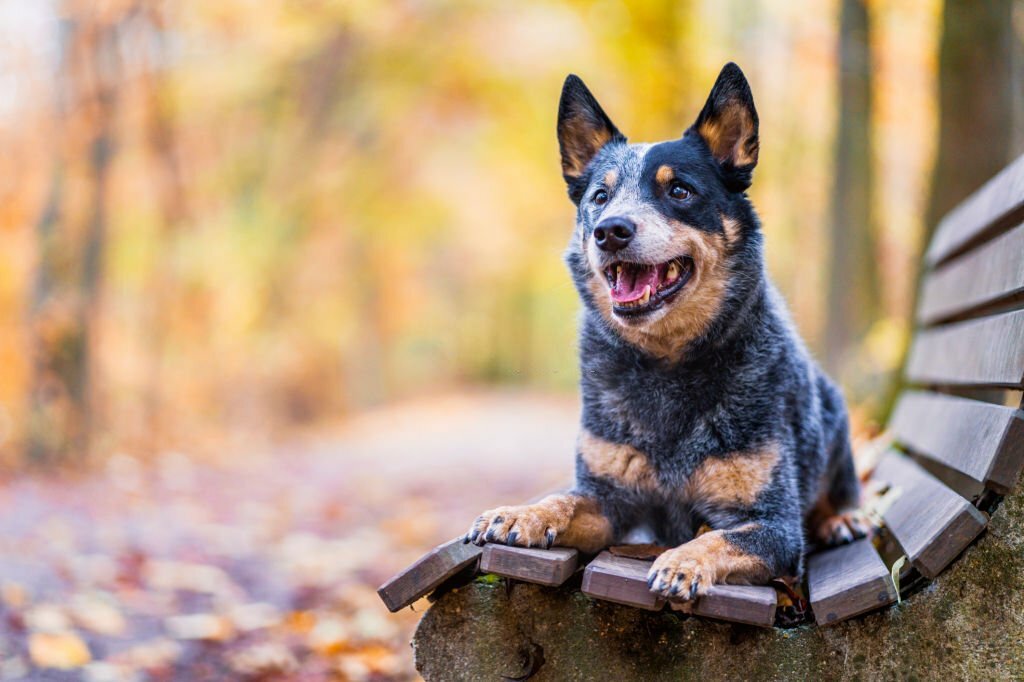 Australian Shepherds, highly intelligent and energetic, may be misunderstood due to their herding instincts. Responsible ownership involves providing ample mental and physical stimulation to meet their needs. By understanding their intelligence and work ethic, Australian Shepherds become loyal and affectionate companions. Dispelling stereotypes associated with their behavior, they thrive in homes where their unique qualities are valued.
Australian Shepherds, highly intelligent and energetic, may be misunderstood due to their herding instincts. Responsible ownership involves providing ample mental and physical stimulation to meet their needs. By understanding their intelligence and work ethic, Australian Shepherds become loyal and affectionate companions. Dispelling stereotypes associated with their behavior, they thrive in homes where their unique qualities are valued.
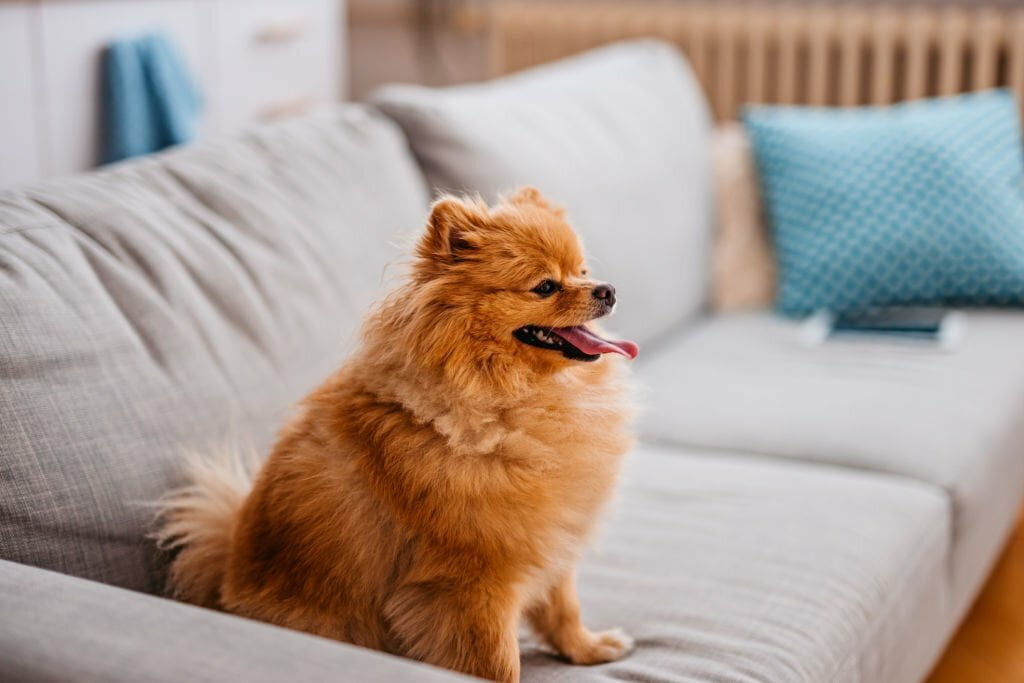
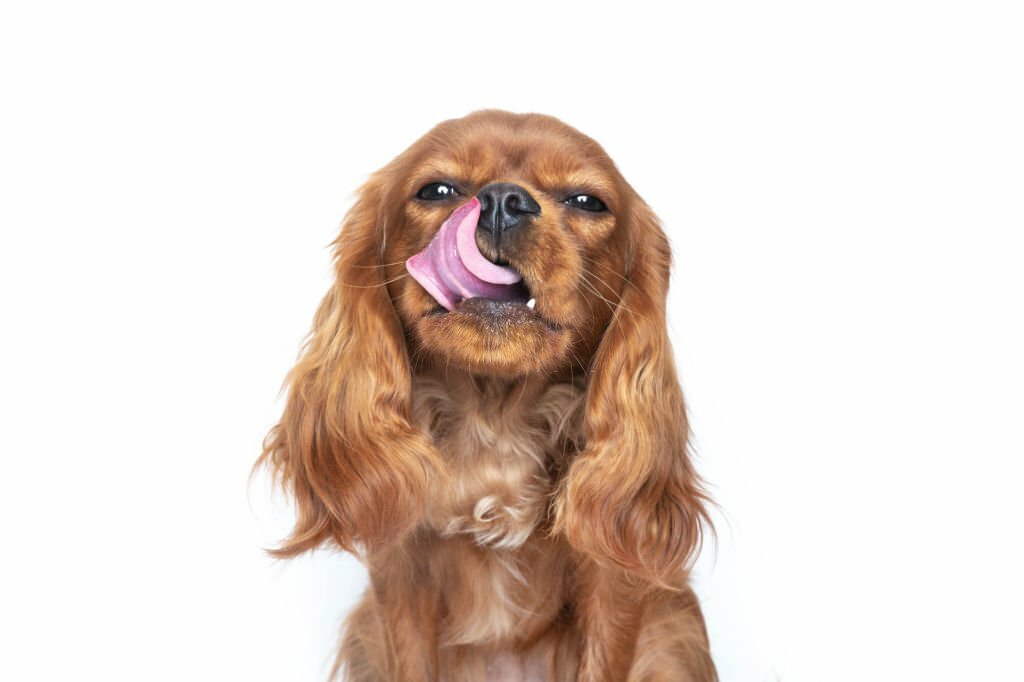
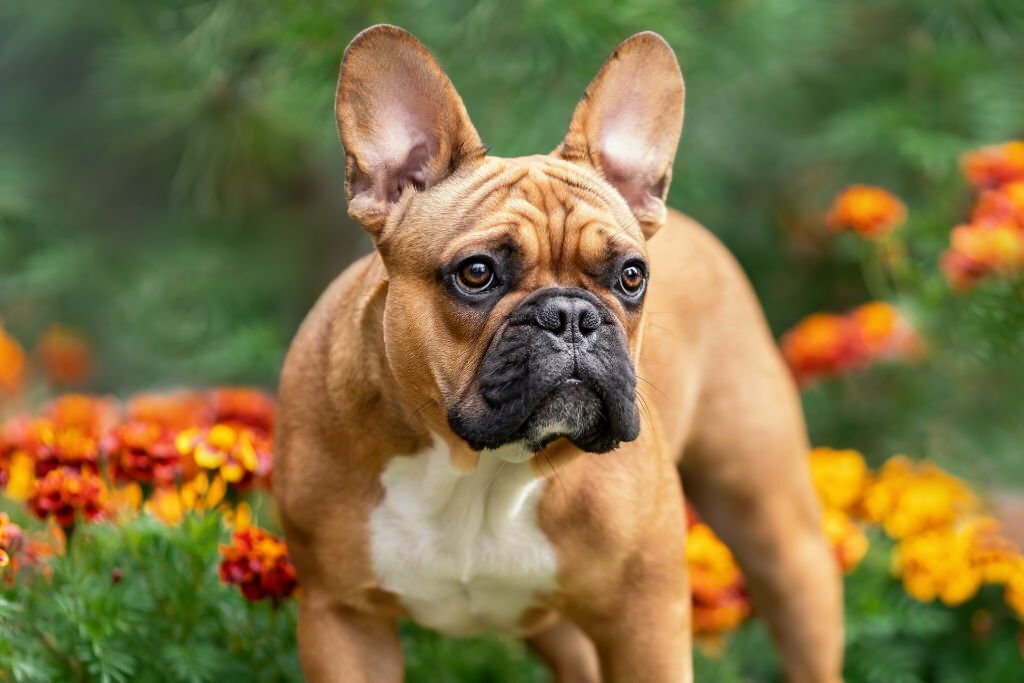 The French Bulldog, with its bat-like ears and compact build, is a charismatic and undeniably cute canine companion. These dogs are not only known for their unique appearance but also for their friendly and easygoing personalities. Frenchies, as they are affectionately called, have a distinctive, wrinkled face that adds to their charm. Their playful antics and affectionate nature make them popular choices for those seeking a small yet adorable canine friend.
The French Bulldog, with its bat-like ears and compact build, is a charismatic and undeniably cute canine companion. These dogs are not only known for their unique appearance but also for their friendly and easygoing personalities. Frenchies, as they are affectionately called, have a distinctive, wrinkled face that adds to their charm. Their playful antics and affectionate nature make them popular choices for those seeking a small yet adorable canine friend.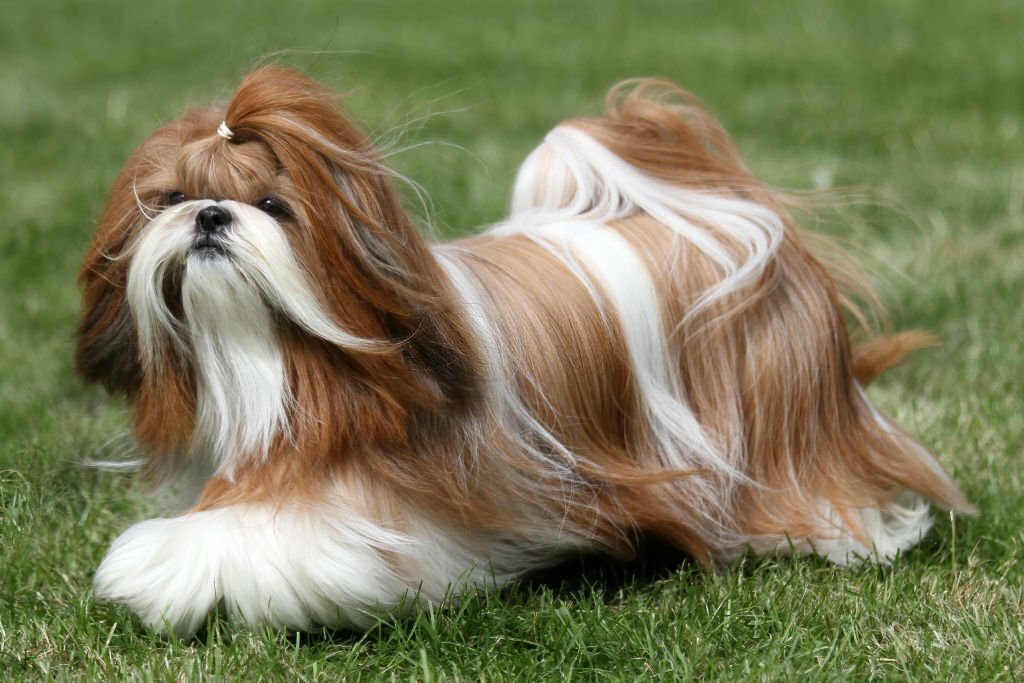
 The Pug, with its distinctive wrinkled face and compact size, is a breed that never fails to charm. Pugs are known for their friendly and sociable nature, making them excellent family pets. Their playful disposition, combined with their adorable facial expressions, has earned them a special place in the hearts of dog lovers. The signature curled tail and deep wrinkles on their forehead contribute to the overall cuteness that defines the Pug breed.
The Pug, with its distinctive wrinkled face and compact size, is a breed that never fails to charm. Pugs are known for their friendly and sociable nature, making them excellent family pets. Their playful disposition, combined with their adorable facial expressions, has earned them a special place in the hearts of dog lovers. The signature curled tail and deep wrinkles on their forehead contribute to the overall cuteness that defines the Pug breed.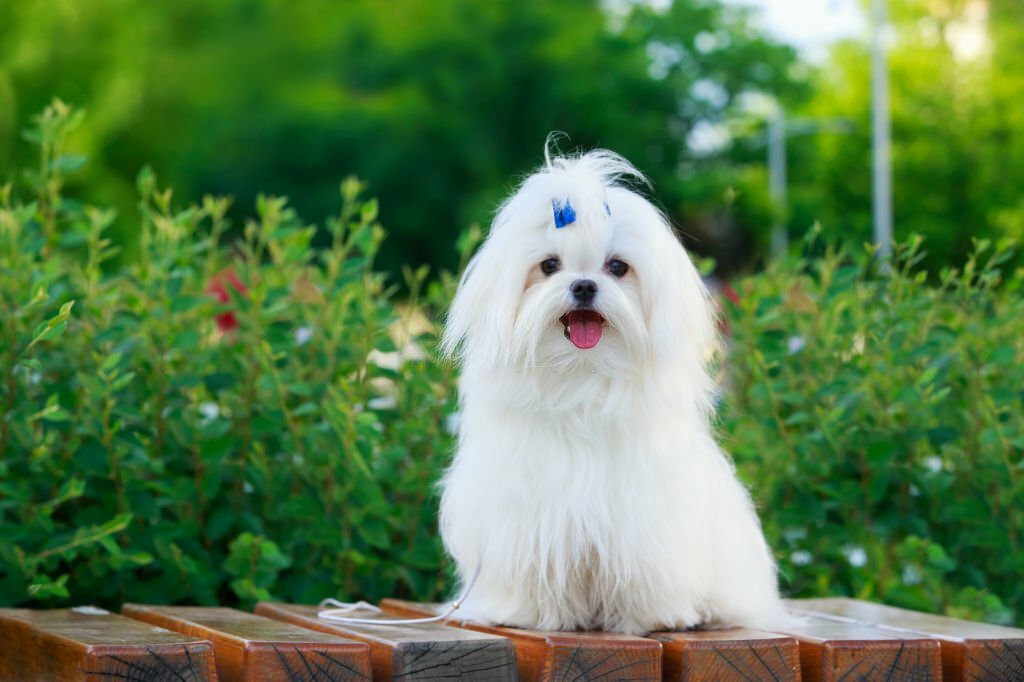 The Maltese, a small dog with a long, silky coat, is a breed celebrated for its beauty and elegance. Known for their friendly and gentle disposition, Maltese dogs make wonderful companions. Their pure white coats and dark, expressive eyes contribute to their overall allure. Despite their small size, Maltese dogs carry themselves with confidence and are often considered one of the cutest breeds around.
The Maltese, a small dog with a long, silky coat, is a breed celebrated for its beauty and elegance. Known for their friendly and gentle disposition, Maltese dogs make wonderful companions. Their pure white coats and dark, expressive eyes contribute to their overall allure. Despite their small size, Maltese dogs carry themselves with confidence and are often considered one of the cutest breeds around.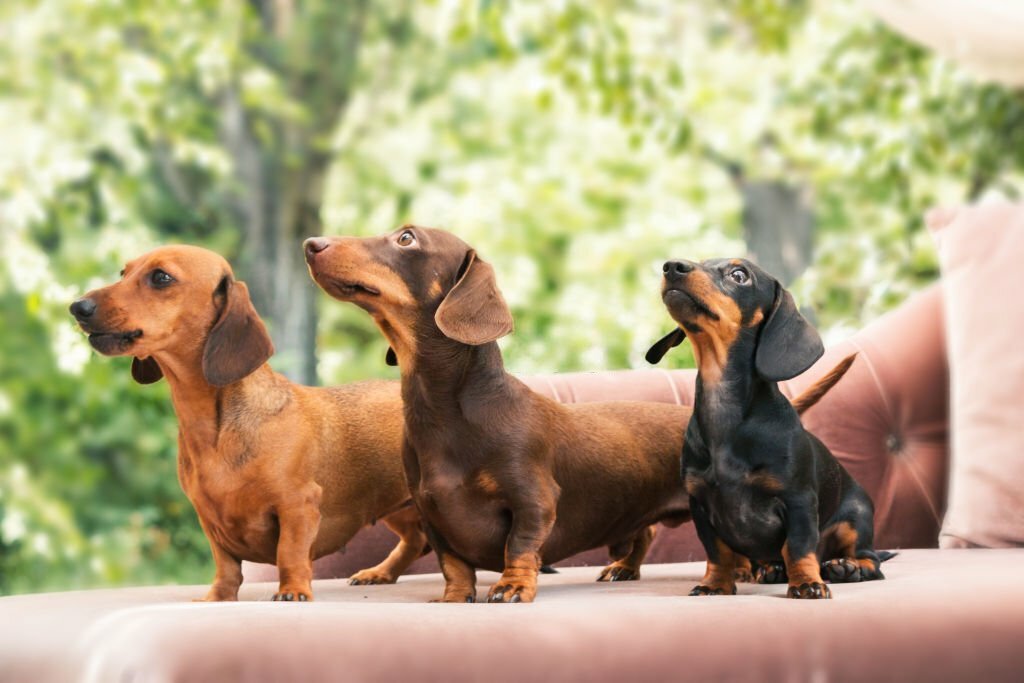 The Dachshund, with its unique shape and charming expressions, is a breed that stands out in the canine world. These dogs, often affectionately referred to as “wiener dogs,” have long bodies and short legs, creating an unmistakable silhouette. Dachshunds are known for their curious and playful personalities, and their distinctive appearance adds an extra layer of cuteness. With their expressive eyes and lively nature, Dachshunds are sure to capture the hearts of dog lovers.
The Dachshund, with its unique shape and charming expressions, is a breed that stands out in the canine world. These dogs, often affectionately referred to as “wiener dogs,” have long bodies and short legs, creating an unmistakable silhouette. Dachshunds are known for their curious and playful personalities, and their distinctive appearance adds an extra layer of cuteness. With their expressive eyes and lively nature, Dachshunds are sure to capture the hearts of dog lovers.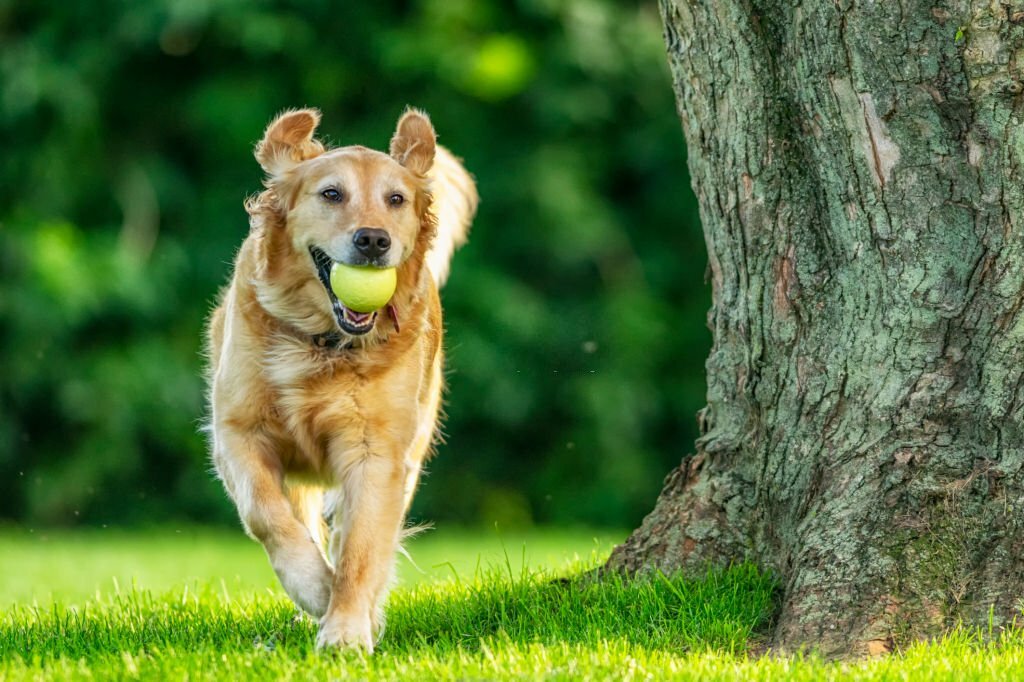 The Golden Retriever, with its friendly demeanor and fluffy coat, is a breed that embodies both beauty and charm. Known for their gentle nature and intelligence, Golden Retrievers are not only cute but also make excellent family pets. Their expressive eyes and wagging tails contribute to their overall appeal. Golden Retrievers are known for their loyalty and affectionate nature, making them one of the most beloved and adorable breeds.
The Golden Retriever, with its friendly demeanor and fluffy coat, is a breed that embodies both beauty and charm. Known for their gentle nature and intelligence, Golden Retrievers are not only cute but also make excellent family pets. Their expressive eyes and wagging tails contribute to their overall appeal. Golden Retrievers are known for their loyalty and affectionate nature, making them one of the most beloved and adorable breeds.
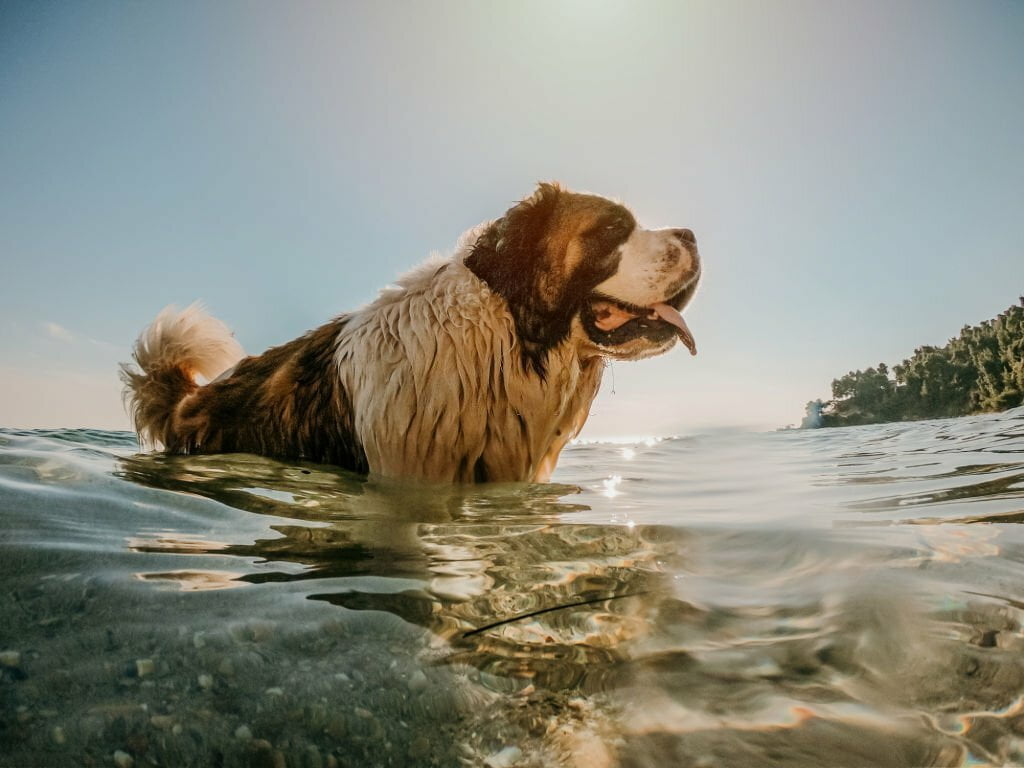 The Saint Bernard, with its iconic image often associated with Alpine rescues, is a breed that combines strength with a heartwarming temperament. Originating from the Swiss and Italian Alps, these dogs were initially bred by monks for rescue work in the treacherous mountain terrain. Today, they are celebrated not only for their historic role but also for their gentle and affectionate nature.
The Saint Bernard, with its iconic image often associated with Alpine rescues, is a breed that combines strength with a heartwarming temperament. Originating from the Swiss and Italian Alps, these dogs were initially bred by monks for rescue work in the treacherous mountain terrain. Today, they are celebrated not only for their historic role but also for their gentle and affectionate nature.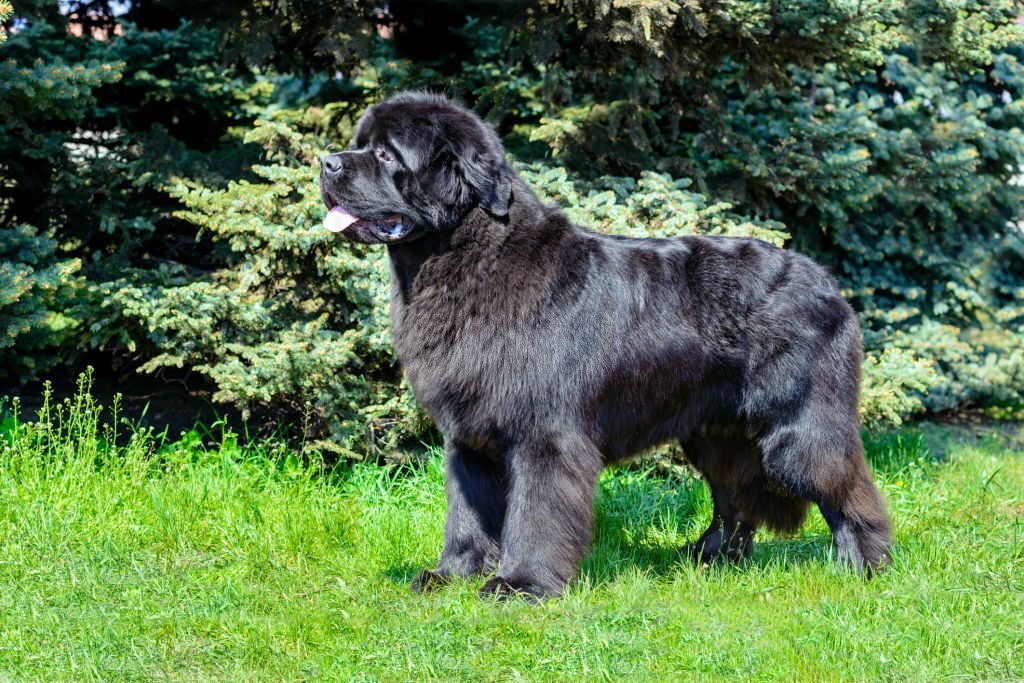 The Newfoundland, often dubbed the “gentle giant of the water,” is a breed known for its remarkable swimming abilities and gentle disposition. Originating from Newfoundland, Canada, these dogs were initially bred as working dogs for fishermen, excelling in water rescue due to their strength and swimming prowess.
The Newfoundland, often dubbed the “gentle giant of the water,” is a breed known for its remarkable swimming abilities and gentle disposition. Originating from Newfoundland, Canada, these dogs were initially bred as working dogs for fishermen, excelling in water rescue due to their strength and swimming prowess.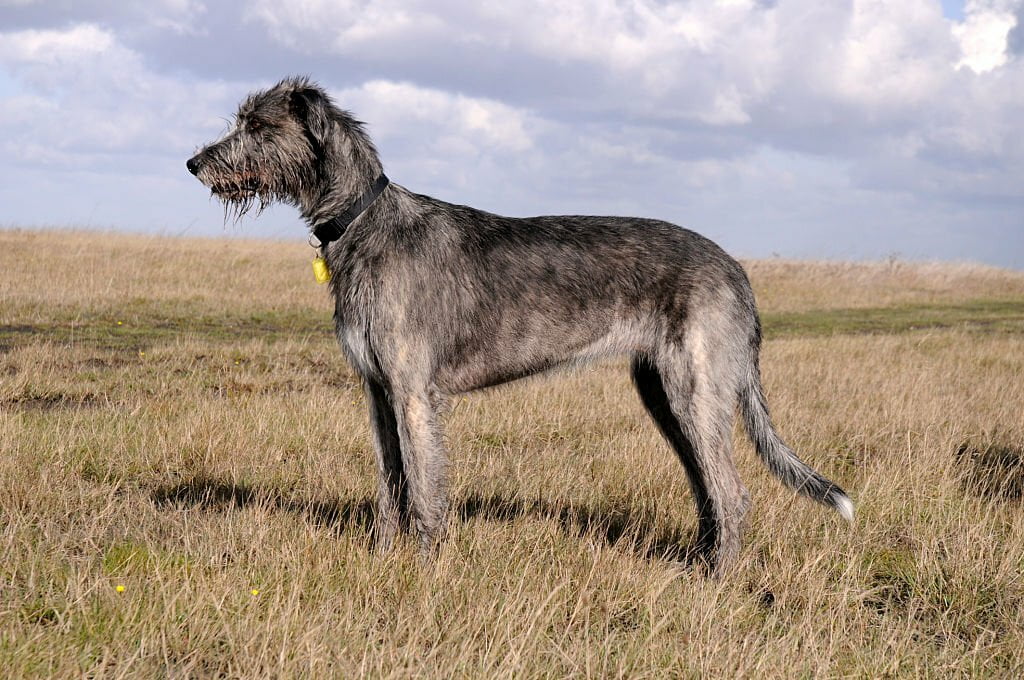 The Irish Wolfhound, standing tall as one of the tallest dog breeds, is a majestic and gentle giant with a rich history. Originating from Ireland, these dogs were originally bred for hunting wolves and elk. Today, they are cherished for their towering yet gentle presence and make wonderful companions for those who appreciate both size and temperament.
The Irish Wolfhound, standing tall as one of the tallest dog breeds, is a majestic and gentle giant with a rich history. Originating from Ireland, these dogs were originally bred for hunting wolves and elk. Today, they are cherished for their towering yet gentle presence and make wonderful companions for those who appreciate both size and temperament.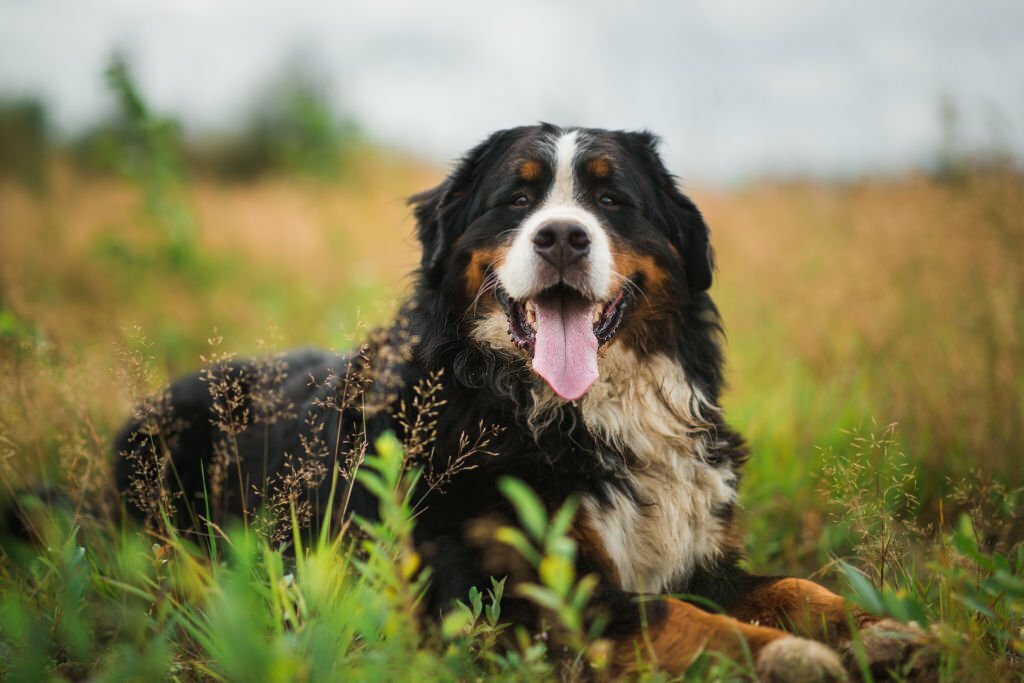 The Bernese Mountain Dog, with its striking tri-color coat and sturdy build, is a breed that emanates both elegance and strength. Hailing from the Swiss Alps, these dogs were originally bred for farm work, including herding cattle and pulling carts. Today, they are cherished for their family-friendly nature and striking appearance.
The Bernese Mountain Dog, with its striking tri-color coat and sturdy build, is a breed that emanates both elegance and strength. Hailing from the Swiss Alps, these dogs were originally bred for farm work, including herding cattle and pulling carts. Today, they are cherished for their family-friendly nature and striking appearance.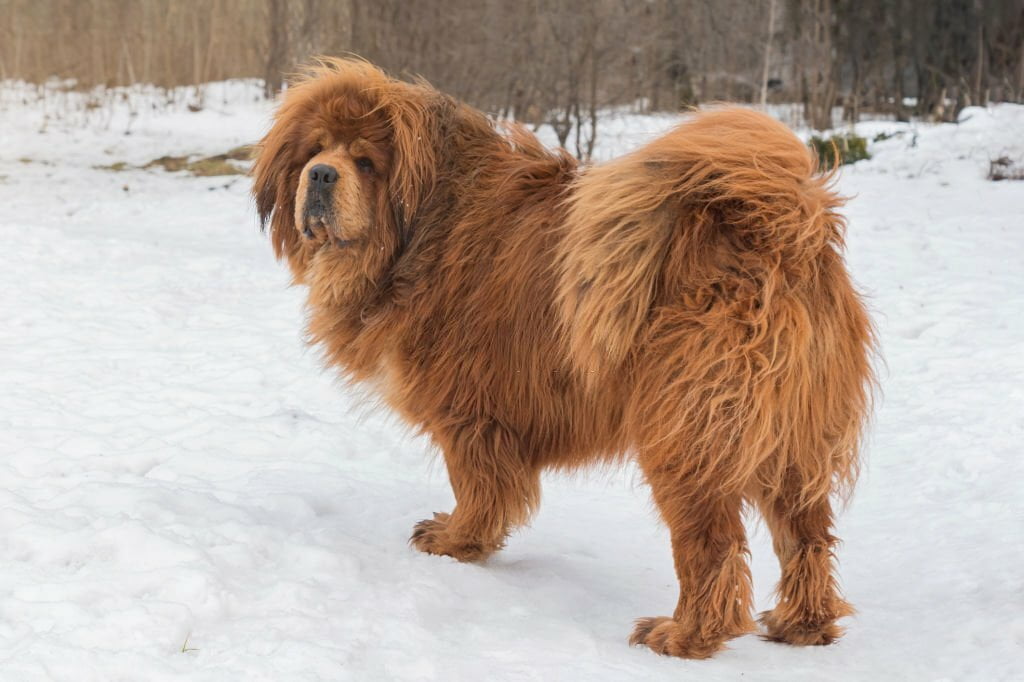 The Tibetan Mastiff, with its thick mane and imposing appearance, stands as a guardian of the Himalayan region. Originating from Tibet, these dogs were bred to protect livestock in the harsh mountain terrain. Their impressive size and protective instincts make them a formidable yet endearing presence.
The Tibetan Mastiff, with its thick mane and imposing appearance, stands as a guardian of the Himalayan region. Originating from Tibet, these dogs were bred to protect livestock in the harsh mountain terrain. Their impressive size and protective instincts make them a formidable yet endearing presence.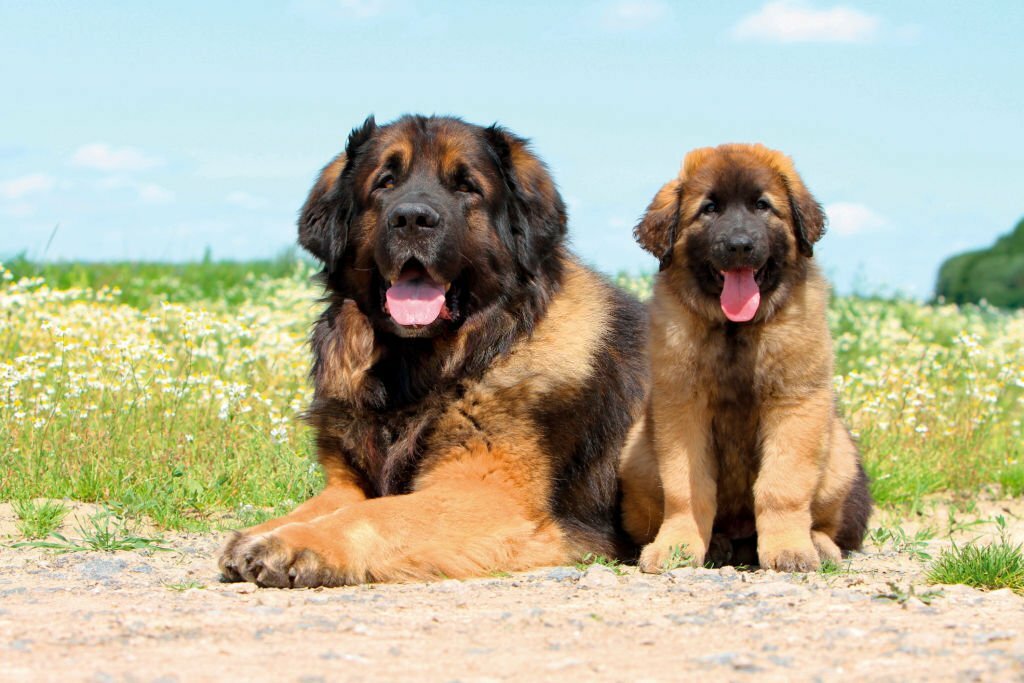 The Leonberger, often referred to as the “gentle lion,” is a giant breed that exudes both strength and friendliness. Originating from Germany, these dogs were initially bred as working and companion animals. With a thick, water-resistant double coat and a distinctive black mask, Leonbergers are not only visually striking but also known for their gentle nature.
The Leonberger, often referred to as the “gentle lion,” is a giant breed that exudes both strength and friendliness. Originating from Germany, these dogs were initially bred as working and companion animals. With a thick, water-resistant double coat and a distinctive black mask, Leonbergers are not only visually striking but also known for their gentle nature.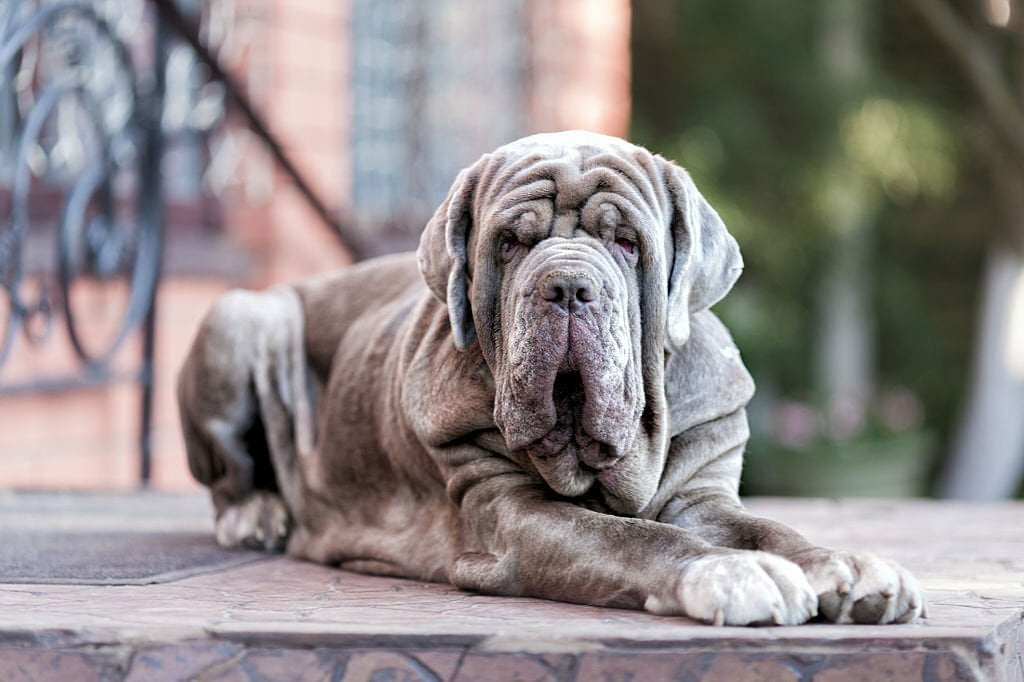 The Mastiff, often described as a “gentle giant,” is a breed that emphasizes strength in simplicity. With its massive build, broad head, and distinctive wrinkles, the Mastiff is an imposing yet calm presence. Originating from ancient times, Mastiffs were employed as guardians and war dogs, showcasing their versatility.
The Mastiff, often described as a “gentle giant,” is a breed that emphasizes strength in simplicity. With its massive build, broad head, and distinctive wrinkles, the Mastiff is an imposing yet calm presence. Originating from ancient times, Mastiffs were employed as guardians and war dogs, showcasing their versatility.

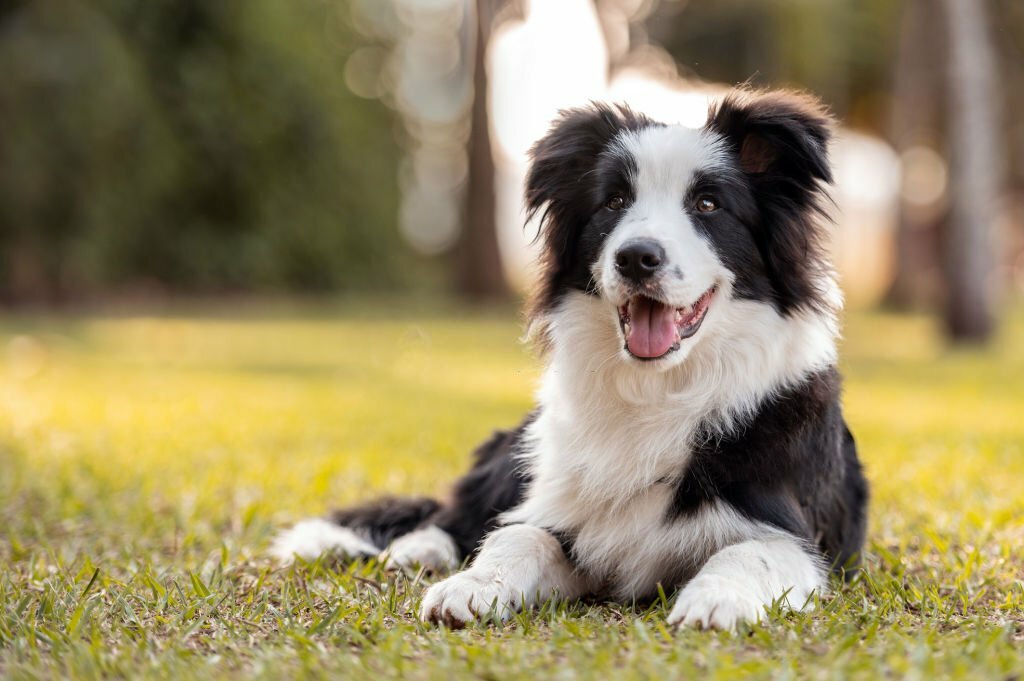 The Border Collie, often heralded as the most intelligent dog breed, stands out not only for its striking appearance but also for its remarkable cognitive abilities. Originating from the border regions between Scotland and England, these dogs were initially developed for herding livestock, a task that requires quick thinking and problem-solving skills.
The Border Collie, often heralded as the most intelligent dog breed, stands out not only for its striking appearance but also for its remarkable cognitive abilities. Originating from the border regions between Scotland and England, these dogs were initially developed for herding livestock, a task that requires quick thinking and problem-solving skills.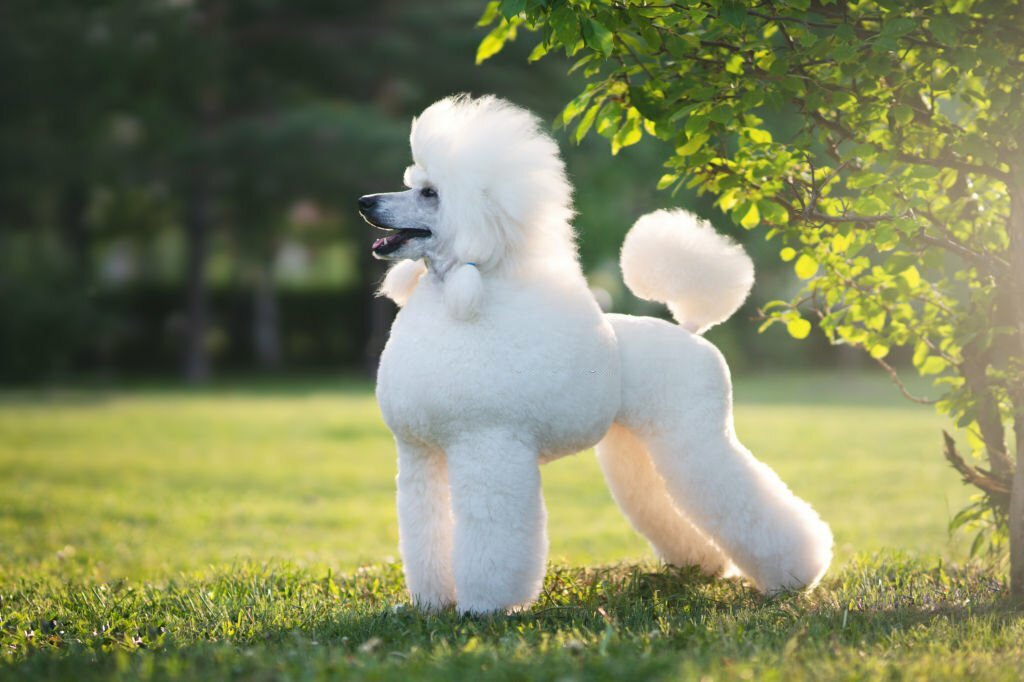 The Poodle, with its distinctive curly coat and elegant appearance, is not only a showstopper in the canine world but also a paragon of intelligence. Originating in Germany, the Poodle comes in three sizes—standard, miniature, and toy—and is celebrated for its versatility, charm, and, above all, its exceptional intelligence.
The Poodle, with its distinctive curly coat and elegant appearance, is not only a showstopper in the canine world but also a paragon of intelligence. Originating in Germany, the Poodle comes in three sizes—standard, miniature, and toy—and is celebrated for its versatility, charm, and, above all, its exceptional intelligence.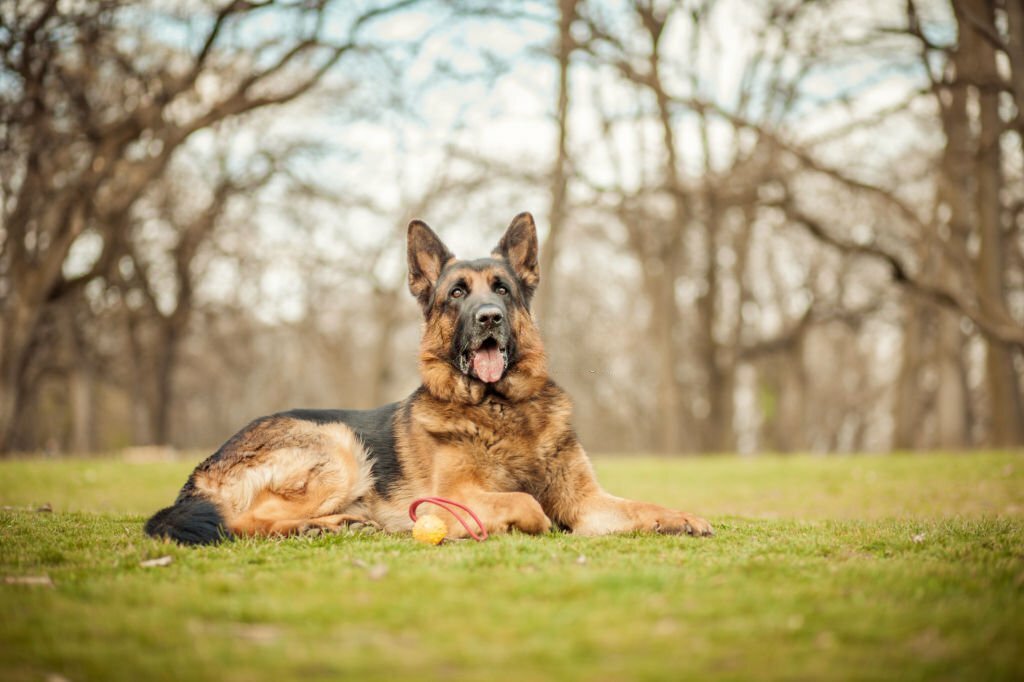 The German Shepherd, with its noble bearing and distinctive appearance, is not only a popular choice for a family pet but also a breed celebrated for its intelligence and versatility. Originating in Germany, these dogs were initially developed for herding, but their intelligence and trainability quickly led to their adoption in various roles, including police and military work.
The German Shepherd, with its noble bearing and distinctive appearance, is not only a popular choice for a family pet but also a breed celebrated for its intelligence and versatility. Originating in Germany, these dogs were initially developed for herding, but their intelligence and trainability quickly led to their adoption in various roles, including police and military work.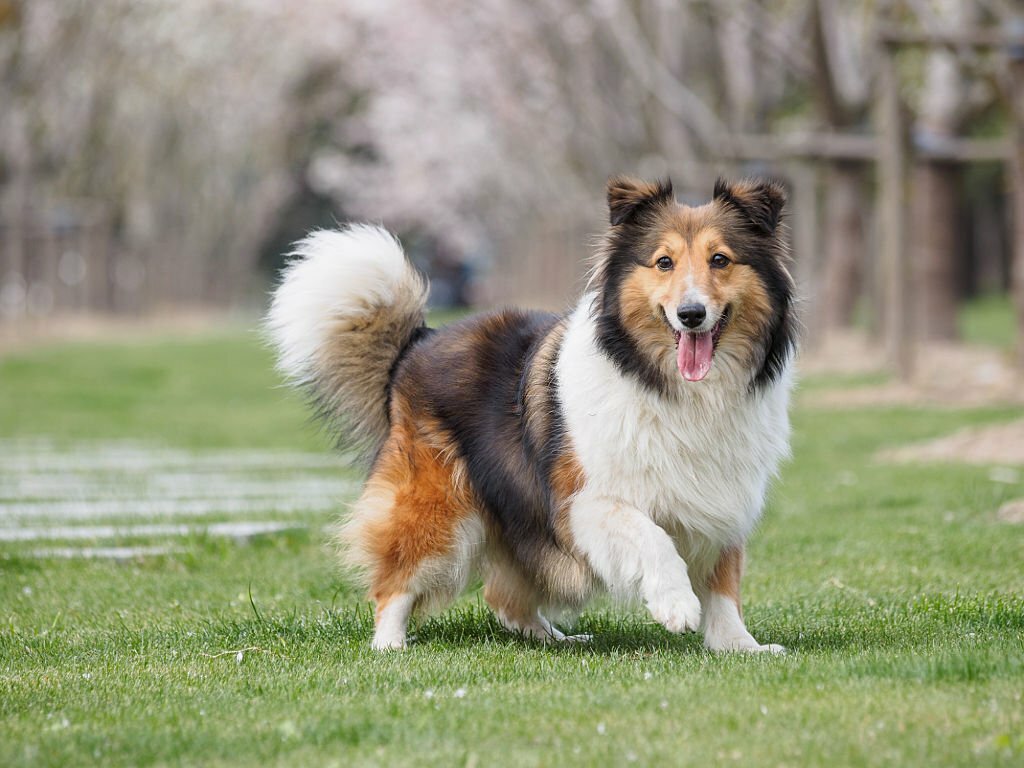 The Shetland Sheepdog, affectionately known as the Sheltie, is a small herding dog that captivates with its intelligence, agility, and striking double coat. Originating from the Shetland Islands in Scotland, these dogs were originally bred for herding livestock, showcasing not only their physical prowess but also their sharp minds.
The Shetland Sheepdog, affectionately known as the Sheltie, is a small herding dog that captivates with its intelligence, agility, and striking double coat. Originating from the Shetland Islands in Scotland, these dogs were originally bred for herding livestock, showcasing not only their physical prowess but also their sharp minds.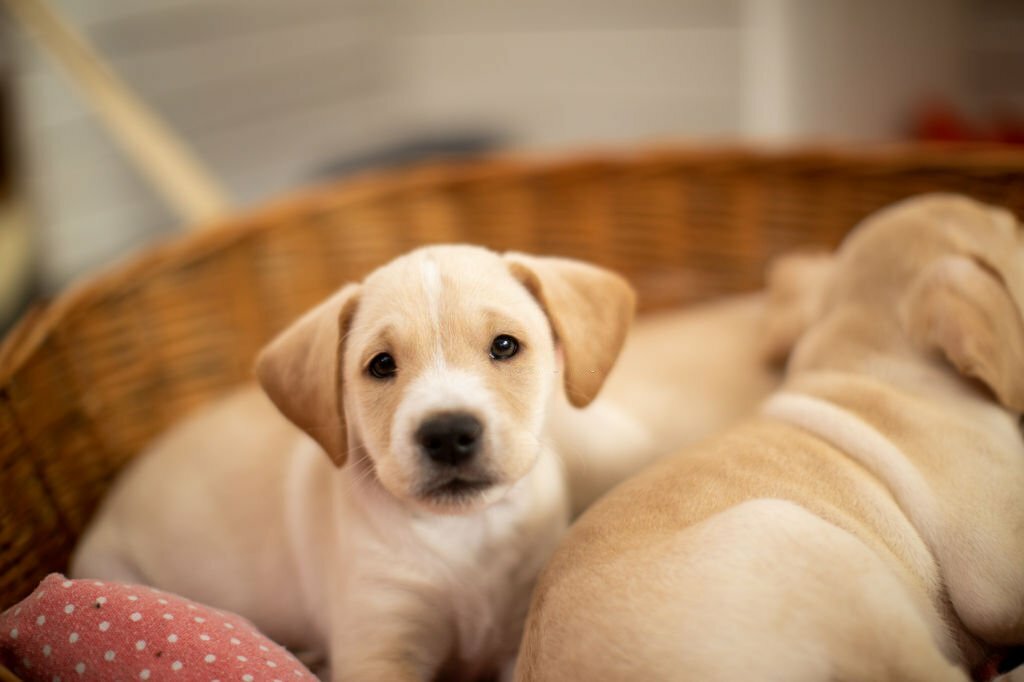 The Labrador Retriever, with its friendly disposition and iconic “Labrador grin,” is not only one of the most popular dog breeds but also one celebrated for its intelligence and versatility. Originating from Newfoundland, these dogs were initially employed by fishermen for retrieving nets and fish from the cold waters, showcasing not only their physical abilities but also their sharp minds.
The Labrador Retriever, with its friendly disposition and iconic “Labrador grin,” is not only one of the most popular dog breeds but also one celebrated for its intelligence and versatility. Originating from Newfoundland, these dogs were initially employed by fishermen for retrieving nets and fish from the cold waters, showcasing not only their physical abilities but also their sharp minds.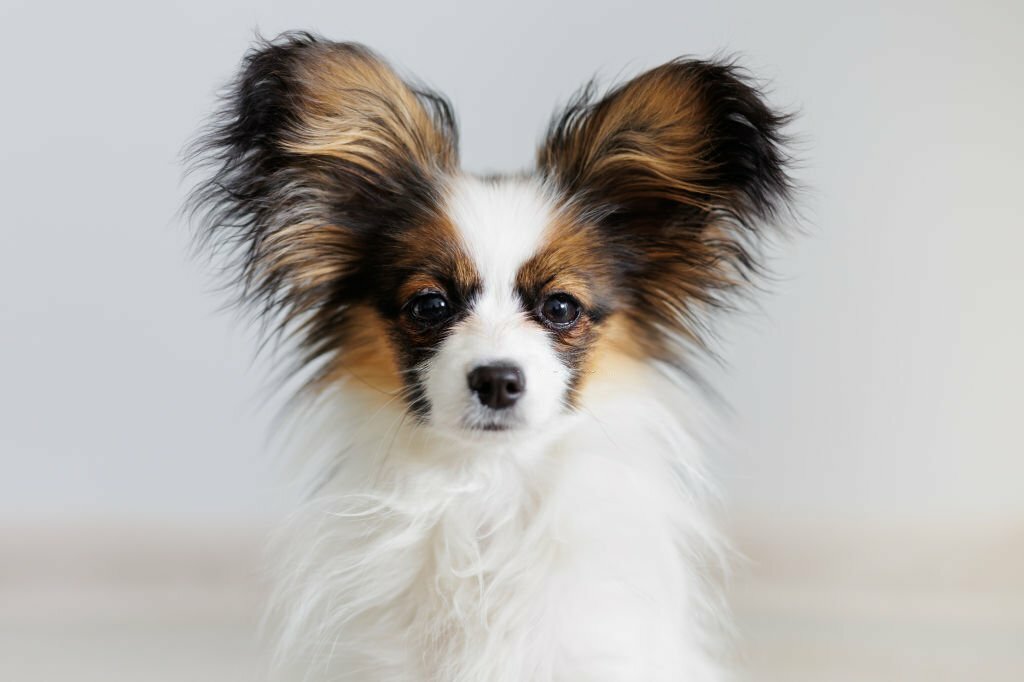
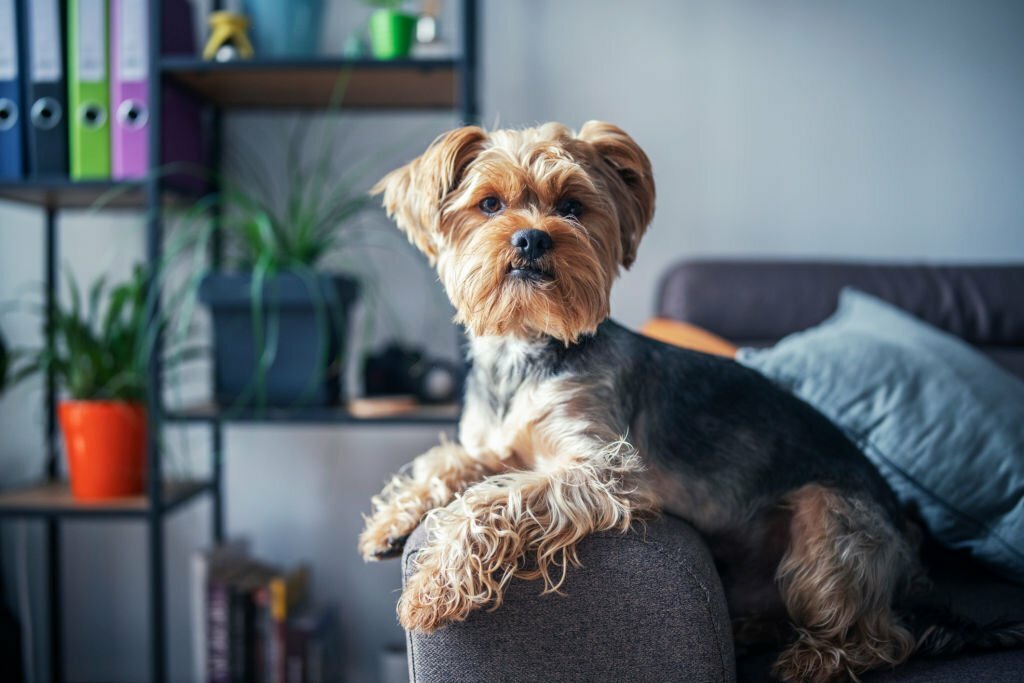

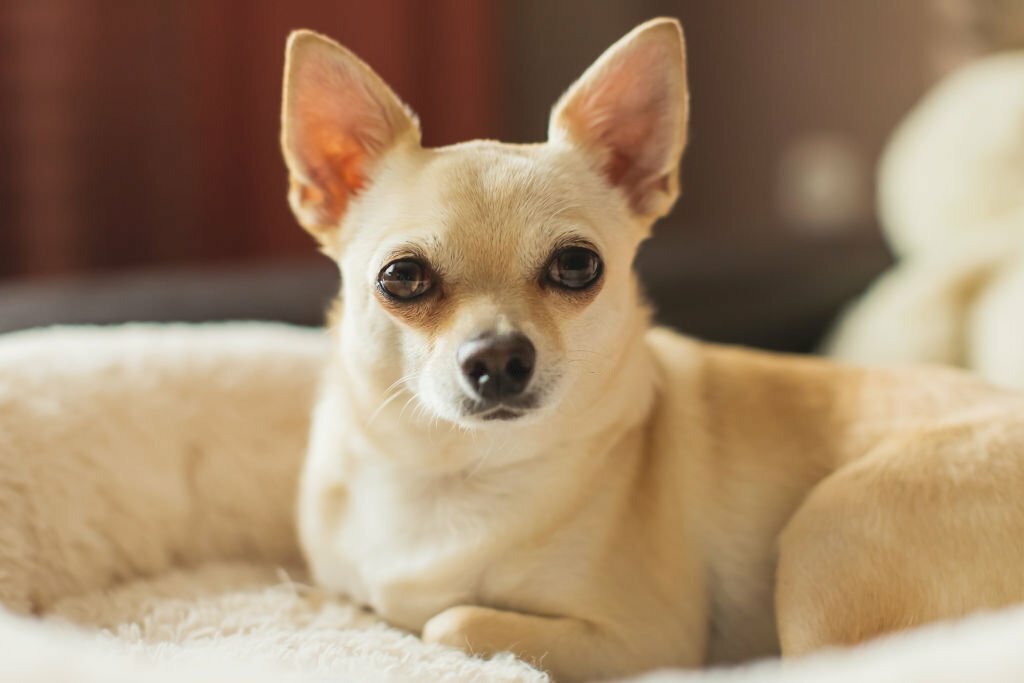 The Chihuahua, a pint-sized canine powerhouse, has captured the hearts of dog lovers around the world with its diminutive size and outsized personality. Originating from the Mexican state of the same name, these little dogs are renowned for their alertness and lively demeanor. Weighing in at typically less than six pounds, the Chihuahua is the epitome of the phrase “small but mighty.”
The Chihuahua, a pint-sized canine powerhouse, has captured the hearts of dog lovers around the world with its diminutive size and outsized personality. Originating from the Mexican state of the same name, these little dogs are renowned for their alertness and lively demeanor. Weighing in at typically less than six pounds, the Chihuahua is the epitome of the phrase “small but mighty.”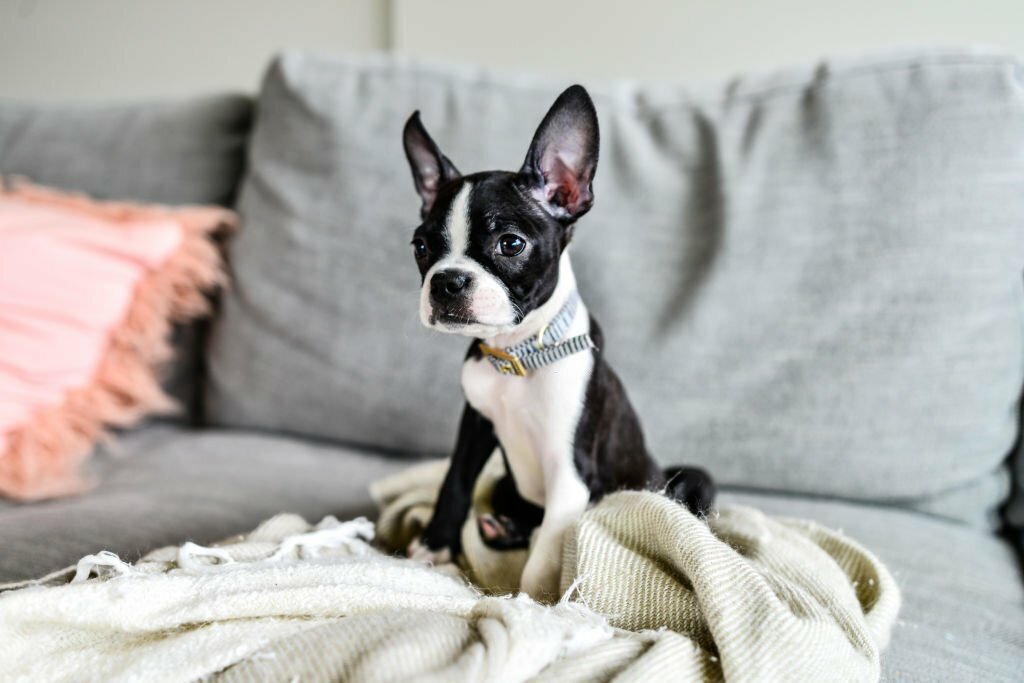 The Boston Terrier, often referred to as the “American Gentleman,” is a small dog breed. That combines a friendly disposition with a distinctive tuxedo-like coat pattern. Originating in the United States, these dogs have become known for their intelligence, affectionate nature, and charming appearance.
The Boston Terrier, often referred to as the “American Gentleman,” is a small dog breed. That combines a friendly disposition with a distinctive tuxedo-like coat pattern. Originating in the United States, these dogs have become known for their intelligence, affectionate nature, and charming appearance.
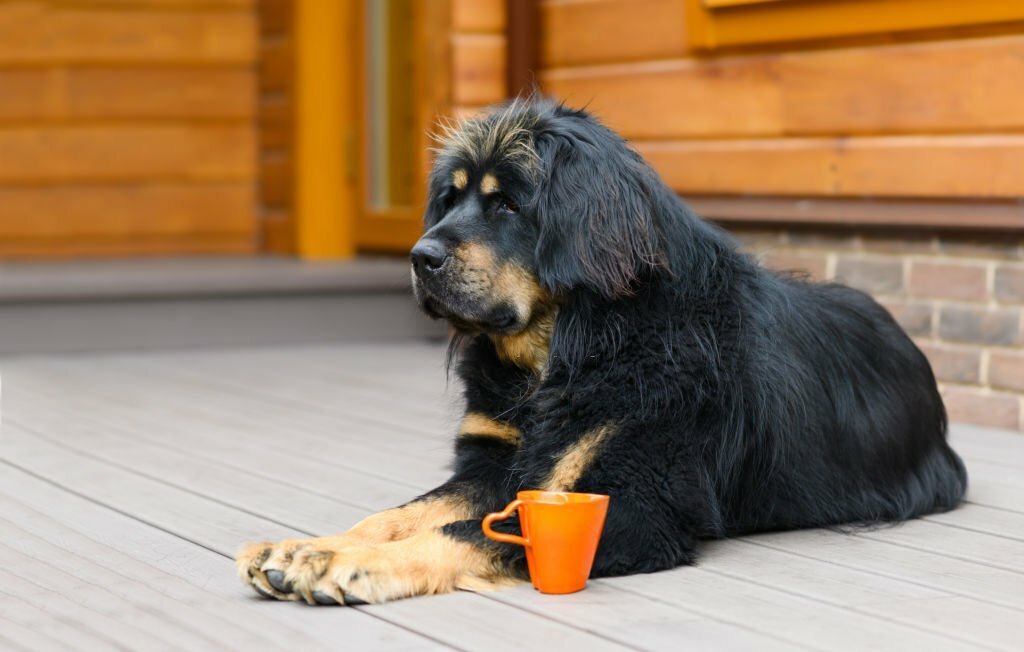 The Tibetan Mastiff, renowned for its imposing size and majestic appearance, stands as one of the most expensive dog breeds in the world. Originating from the Himalayan region, this ancient breed has been a guardian of nomadic tribes and monasteries for centuries. Possessing a dense, double coat in various colors. The Tibetan Mastiff exudes a regal aura, making it a sought-after companion for those seeking a combination of strength and loyalty. These dogs often command high prices due to their rarity, impressive and lineage. And the care required in breeding such magnificent canines.
The Tibetan Mastiff, renowned for its imposing size and majestic appearance, stands as one of the most expensive dog breeds in the world. Originating from the Himalayan region, this ancient breed has been a guardian of nomadic tribes and monasteries for centuries. Possessing a dense, double coat in various colors. The Tibetan Mastiff exudes a regal aura, making it a sought-after companion for those seeking a combination of strength and loyalty. These dogs often command high prices due to their rarity, impressive and lineage. And the care required in breeding such magnificent canines.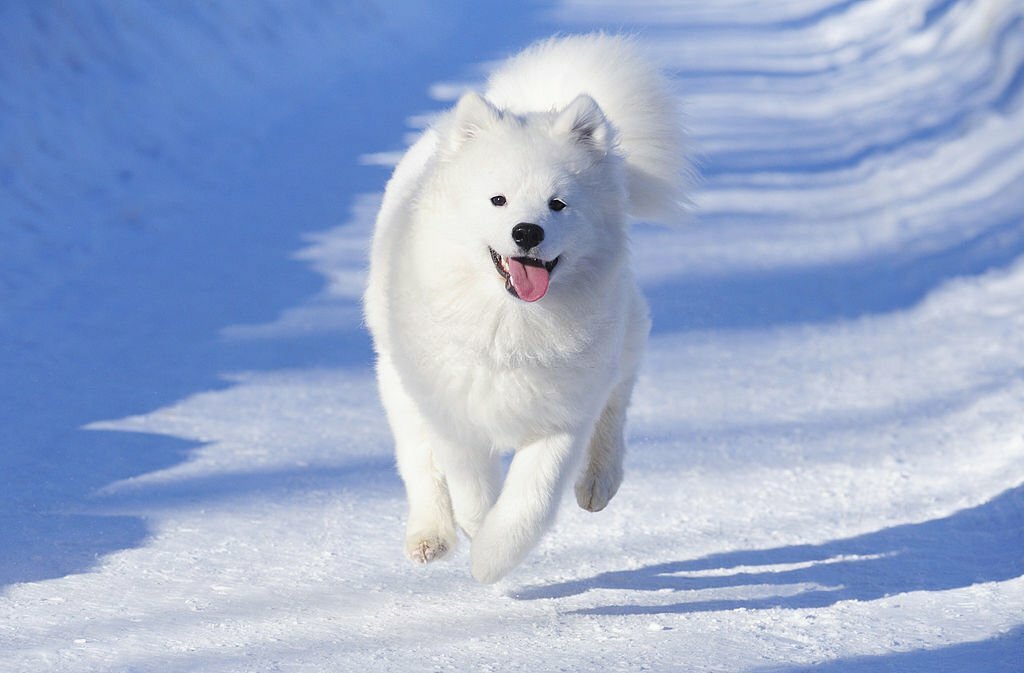 The Samoyed, with its fluffy white coat and perpetual “smile,” is not only a strikingly beautiful breed but also one of the more expensive ones. Originating from Siberia, these friendly and sociable dogs were initially bred to work in harsh Arctic conditions. The Samoyed’s charming appearance, coupled with its affectionate nature, has contributed to its popularity and higher price tag. Reputable breeders invest significant time and resources in maintaining the breed’s health and distinctive characteristics, factors that contribute to the elevated cost of acquiring a Samoyed.
The Samoyed, with its fluffy white coat and perpetual “smile,” is not only a strikingly beautiful breed but also one of the more expensive ones. Originating from Siberia, these friendly and sociable dogs were initially bred to work in harsh Arctic conditions. The Samoyed’s charming appearance, coupled with its affectionate nature, has contributed to its popularity and higher price tag. Reputable breeders invest significant time and resources in maintaining the breed’s health and distinctive characteristics, factors that contribute to the elevated cost of acquiring a Samoyed.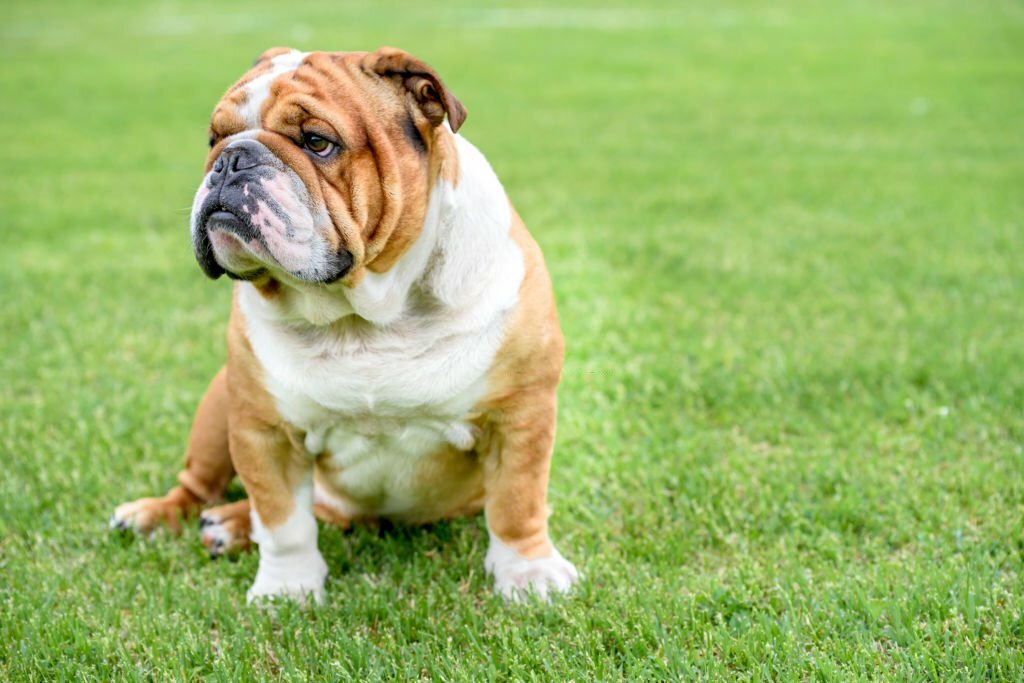 The English Bulldog, with its unmistakable wrinkled face and distinctive appearance, is a breed that comes with a considerable price tag. Known for their calm disposition and signature “sourmug” expression, English Bulldogs have gained immense popularity. However, breeding these dogs comes with challenges, including potential health issues due to their unique anatomy. Reputable breeders prioritize the health and well-being of the dogs, contributing to the higher cost of acquiring an English Bulldog from a responsible source.
The English Bulldog, with its unmistakable wrinkled face and distinctive appearance, is a breed that comes with a considerable price tag. Known for their calm disposition and signature “sourmug” expression, English Bulldogs have gained immense popularity. However, breeding these dogs comes with challenges, including potential health issues due to their unique anatomy. Reputable breeders prioritize the health and well-being of the dogs, contributing to the higher cost of acquiring an English Bulldog from a responsible source.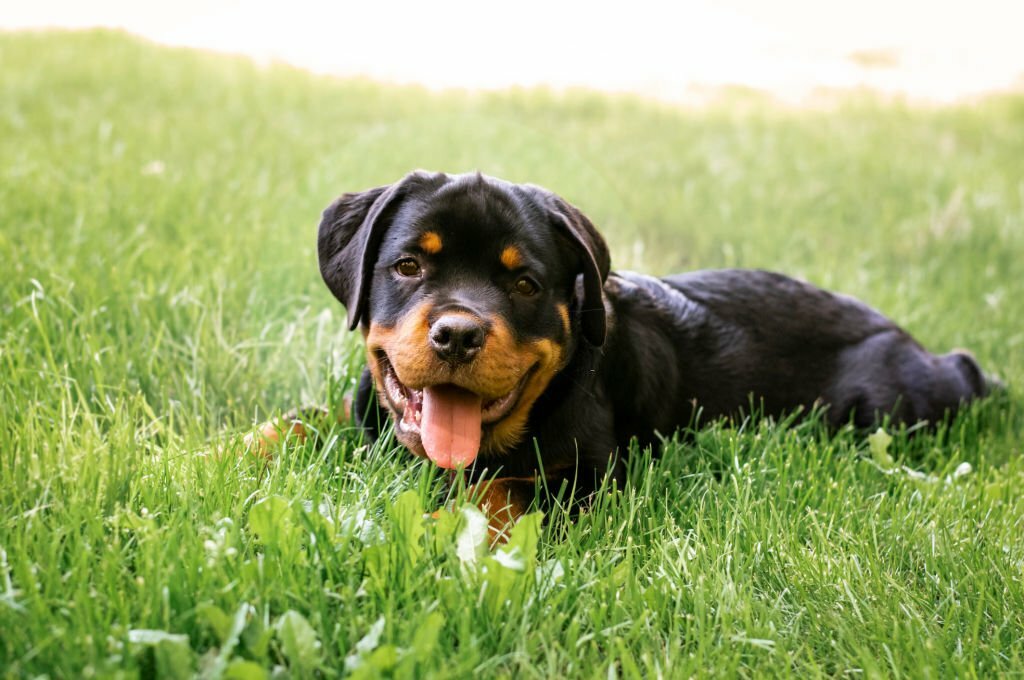 The Rottweiler, a robust and powerful breed, often comes with a higher price, reflecting its protective instincts and versatility. Originally bred as cattle herders in Germany, Rottweilers have evolved into loyal family guardians. Well-bred Rottweilers with desirable traits, including intelligence and trainability, are sought after, contributing to their elevated cost. Reputable breeders invest in health screenings and socialization to ensure that these dogs grow into well-balanced and trustworthy companions.
The Rottweiler, a robust and powerful breed, often comes with a higher price, reflecting its protective instincts and versatility. Originally bred as cattle herders in Germany, Rottweilers have evolved into loyal family guardians. Well-bred Rottweilers with desirable traits, including intelligence and trainability, are sought after, contributing to their elevated cost. Reputable breeders invest in health screenings and socialization to ensure that these dogs grow into well-balanced and trustworthy companions.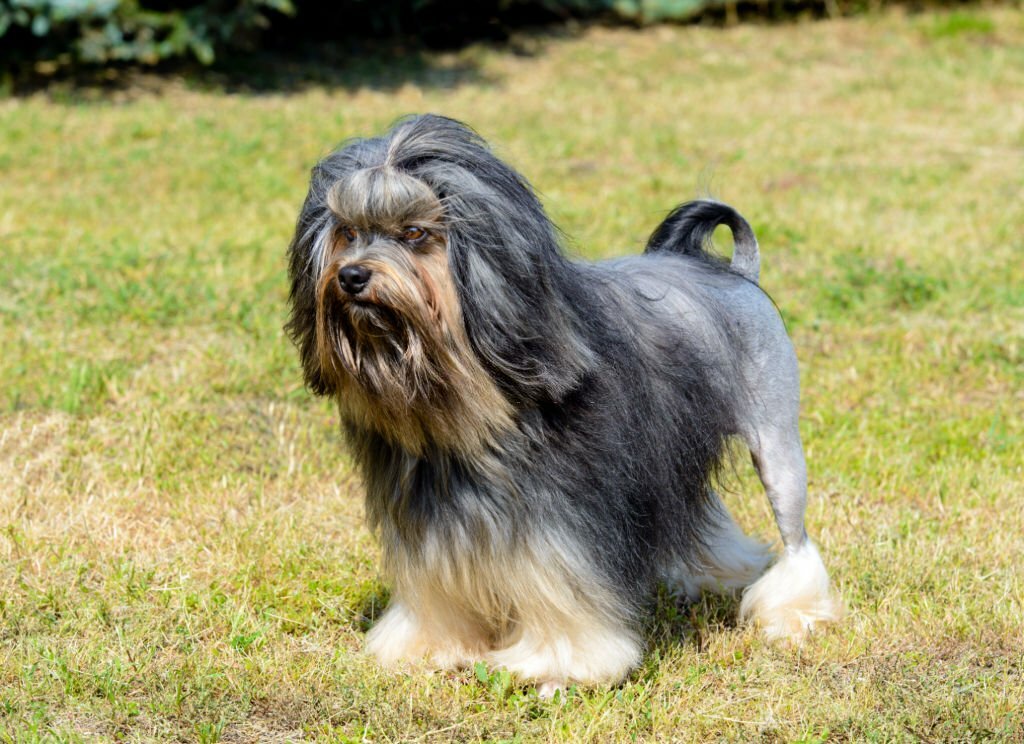 The Lowchen, often referred to as the “Little Lion Dog,” is a rare and toy-sized breed. That captures the hearts of those seeking a unique and affectionate companion. With its distinctive lion-like mane and lively personality, the Lowchen stands out among other small breeds. The rarity of the breed and the care required in breeding such diminutive yet sturdy dogs contribute to their higher cost. Despite their small size, Lowchens are known for their big hearts. And make delightful additions to households willing to invest in their care and well-being.
The Lowchen, often referred to as the “Little Lion Dog,” is a rare and toy-sized breed. That captures the hearts of those seeking a unique and affectionate companion. With its distinctive lion-like mane and lively personality, the Lowchen stands out among other small breeds. The rarity of the breed and the care required in breeding such diminutive yet sturdy dogs contribute to their higher cost. Despite their small size, Lowchens are known for their big hearts. And make delightful additions to households willing to invest in their care and well-being.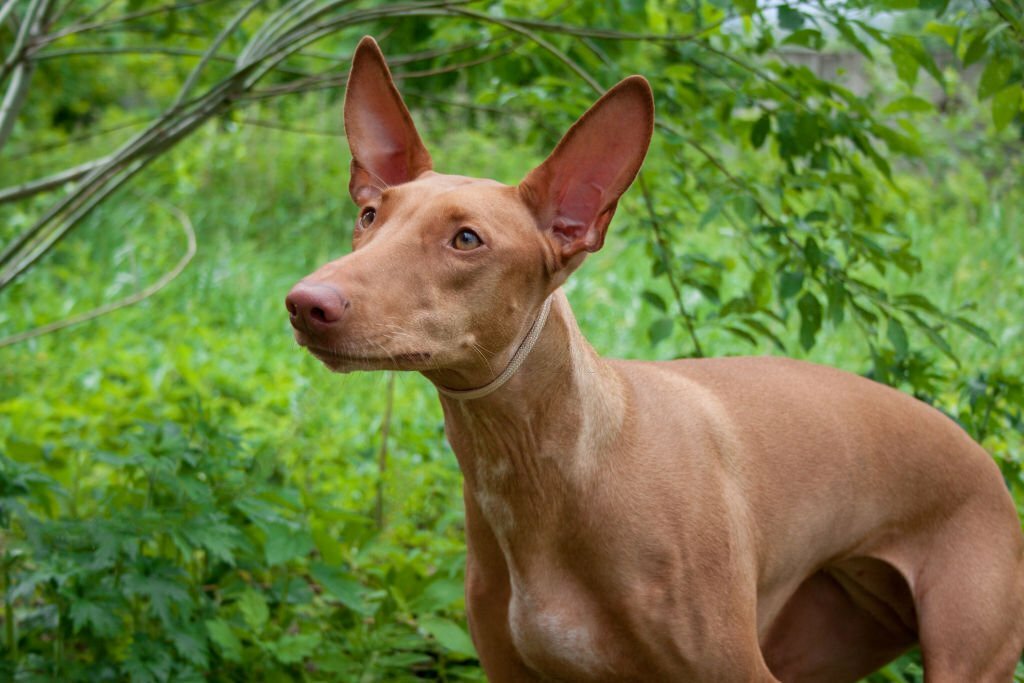 The Pharaoh Hound, an ancient breed originating from Malta, is renowned for its athleticism, sleek appearance, and unique hunting skills. With a striking coat that ranges from tan to chestnut, these dogs are often considered living works of art. The Pharaoh Hound’s rarity and the meticulous breeding practices necessary to maintain its distinct features contribute to its higher price. Known for their intelligence and friendly nature. These dogs are not only visually stunning but also make devoted companions for those willing to invest in a piece of canine history.
The Pharaoh Hound, an ancient breed originating from Malta, is renowned for its athleticism, sleek appearance, and unique hunting skills. With a striking coat that ranges from tan to chestnut, these dogs are often considered living works of art. The Pharaoh Hound’s rarity and the meticulous breeding practices necessary to maintain its distinct features contribute to its higher price. Known for their intelligence and friendly nature. These dogs are not only visually stunning but also make devoted companions for those willing to invest in a piece of canine history.
 Like peanut butter and jelly, children, and dogs go together like peas and carrots. Dogs can help enhance children’s moods while teaching responsibility through daily tasks such as feeding and walking them – yet finding one that will fit seamlessly with a family with young children can require some careful consideration.
Like peanut butter and jelly, children, and dogs go together like peas and carrots. Dogs can help enhance children’s moods while teaching responsibility through daily tasks such as feeding and walking them – yet finding one that will fit seamlessly with a family with young children can require some careful consideration.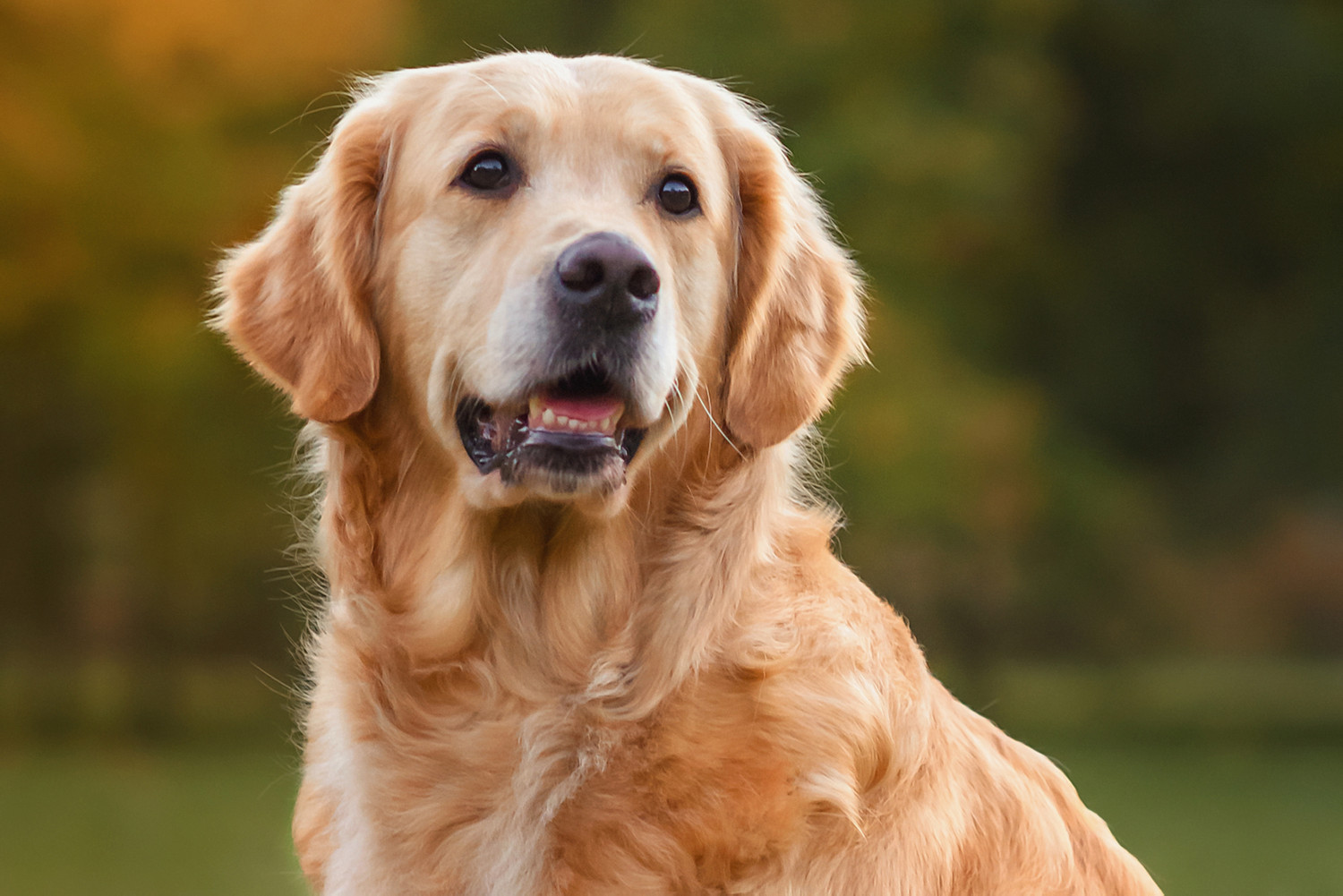 Golden Retrievers are beloved family dogs for good reason: they’re confident, smart, kind, and eager to please while also remaining calm, playful, and patient. Goldens enjoy physical exercise such as retrieving games as well as participating in family activities. Like playing frisbee or running around the neighborhood; plus, they make excellent companions. Not only that but these natural athletes can also be trained to perform tricks or serve as therapy or service dogs.
Golden Retrievers are beloved family dogs for good reason: they’re confident, smart, kind, and eager to please while also remaining calm, playful, and patient. Goldens enjoy physical exercise such as retrieving games as well as participating in family activities. Like playing frisbee or running around the neighborhood; plus, they make excellent companions. Not only that but these natural athletes can also be trained to perform tricks or serve as therapy or service dogs.